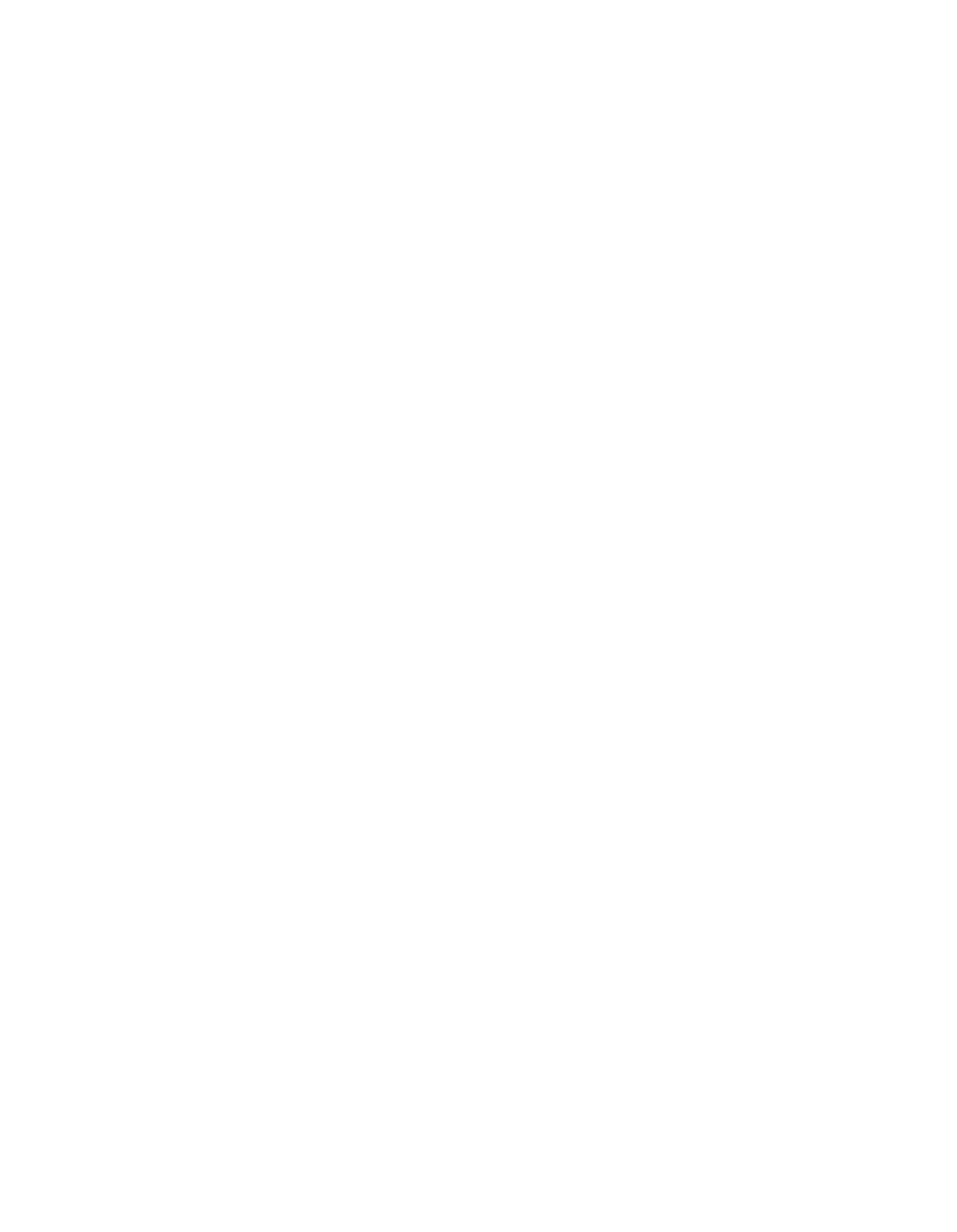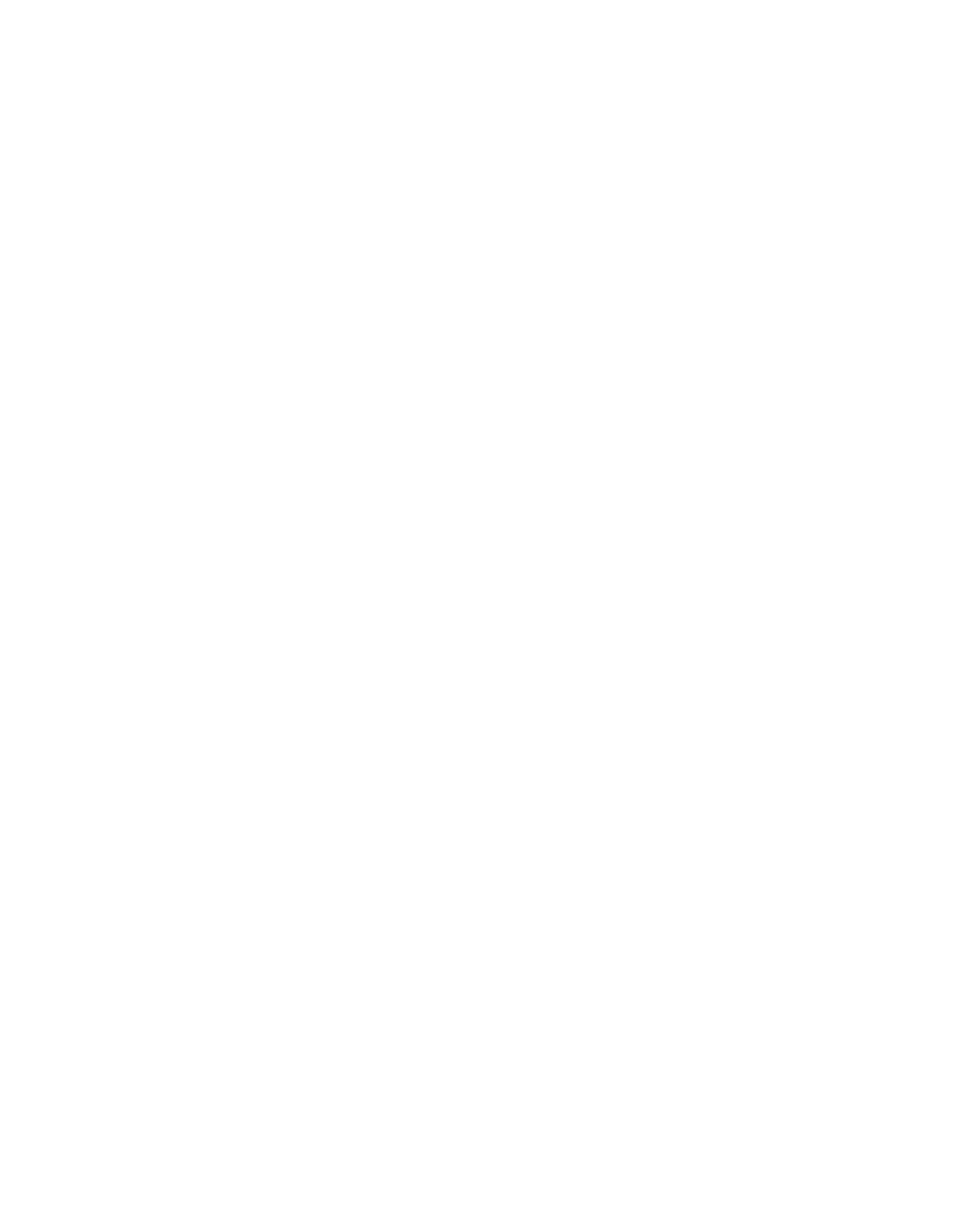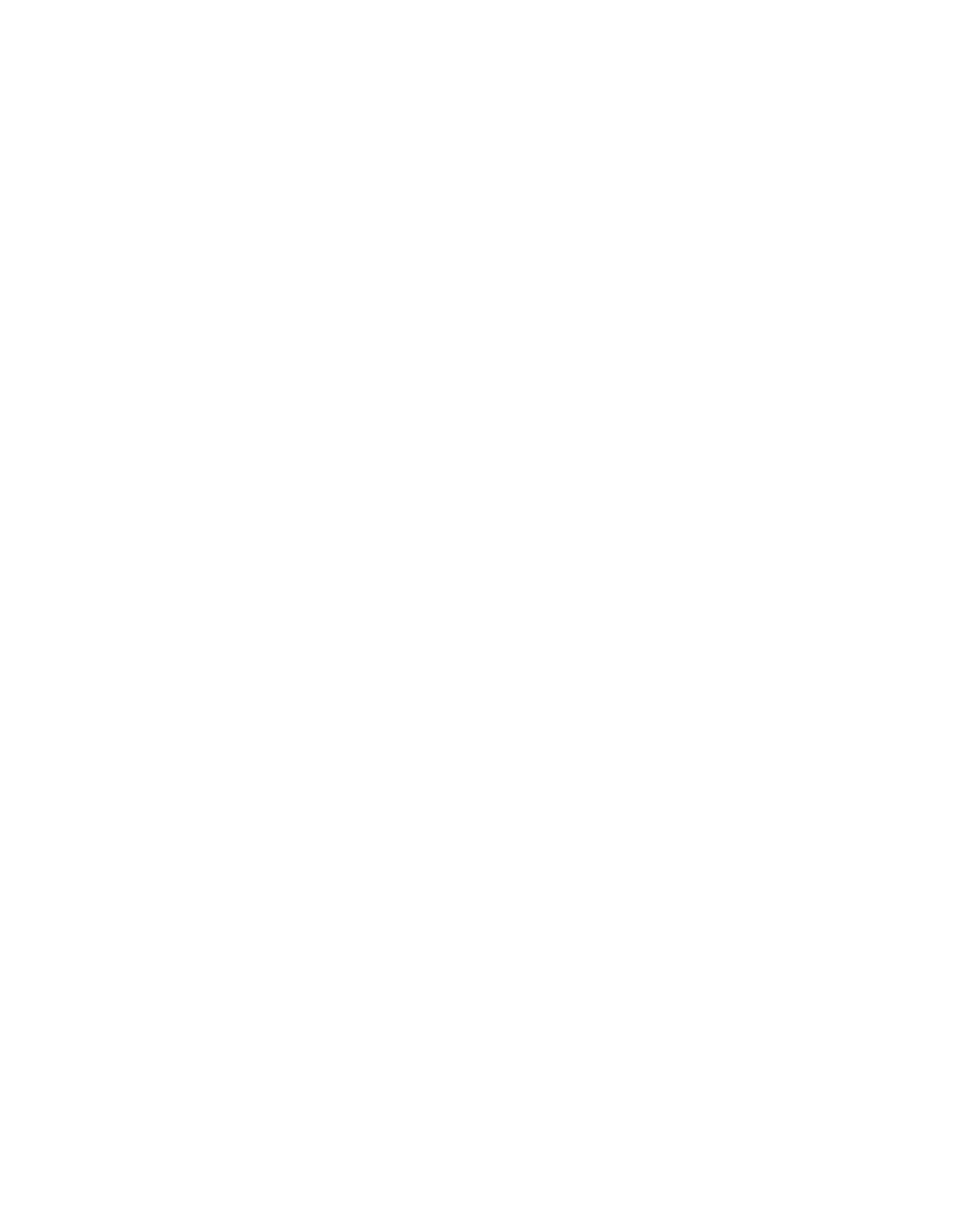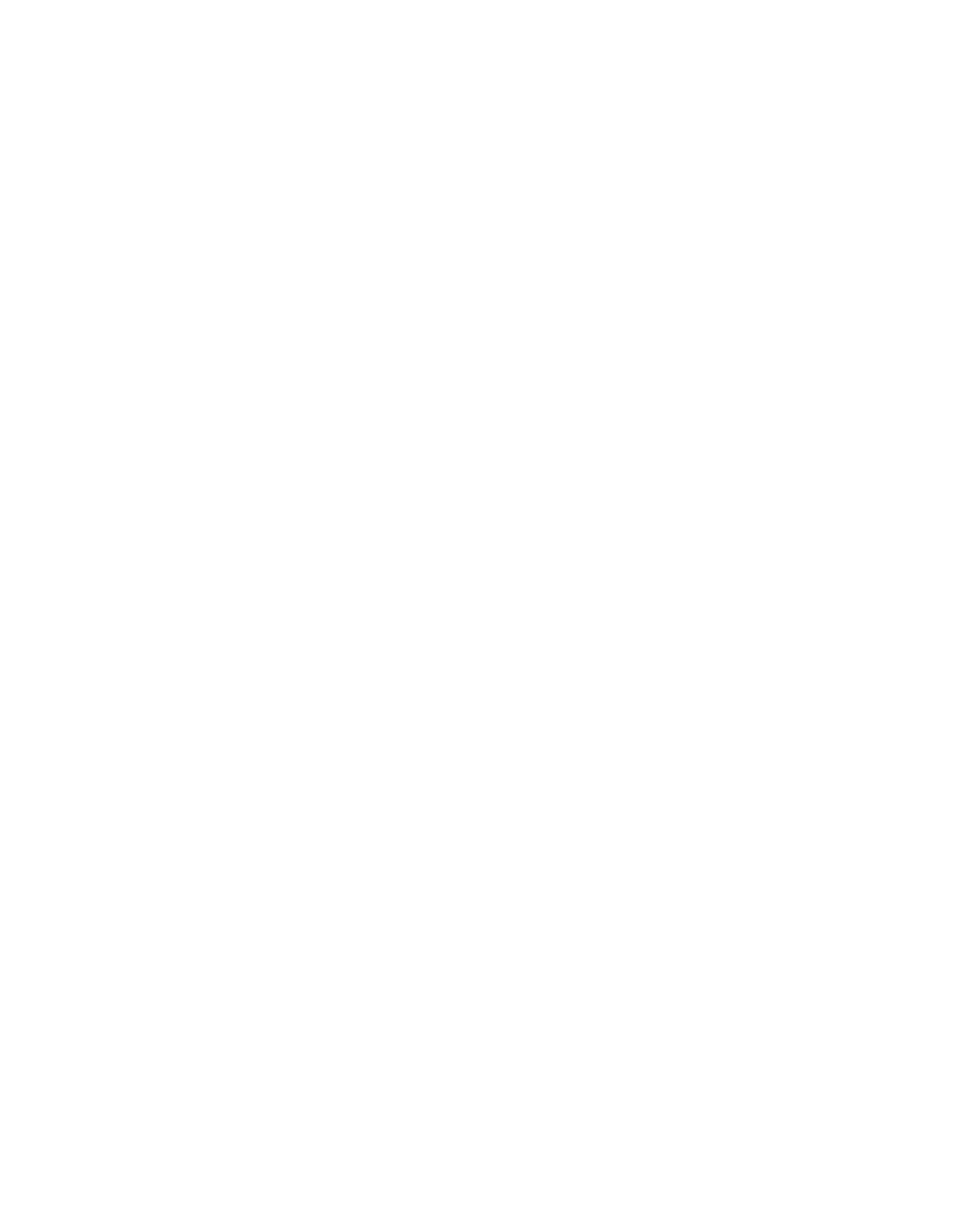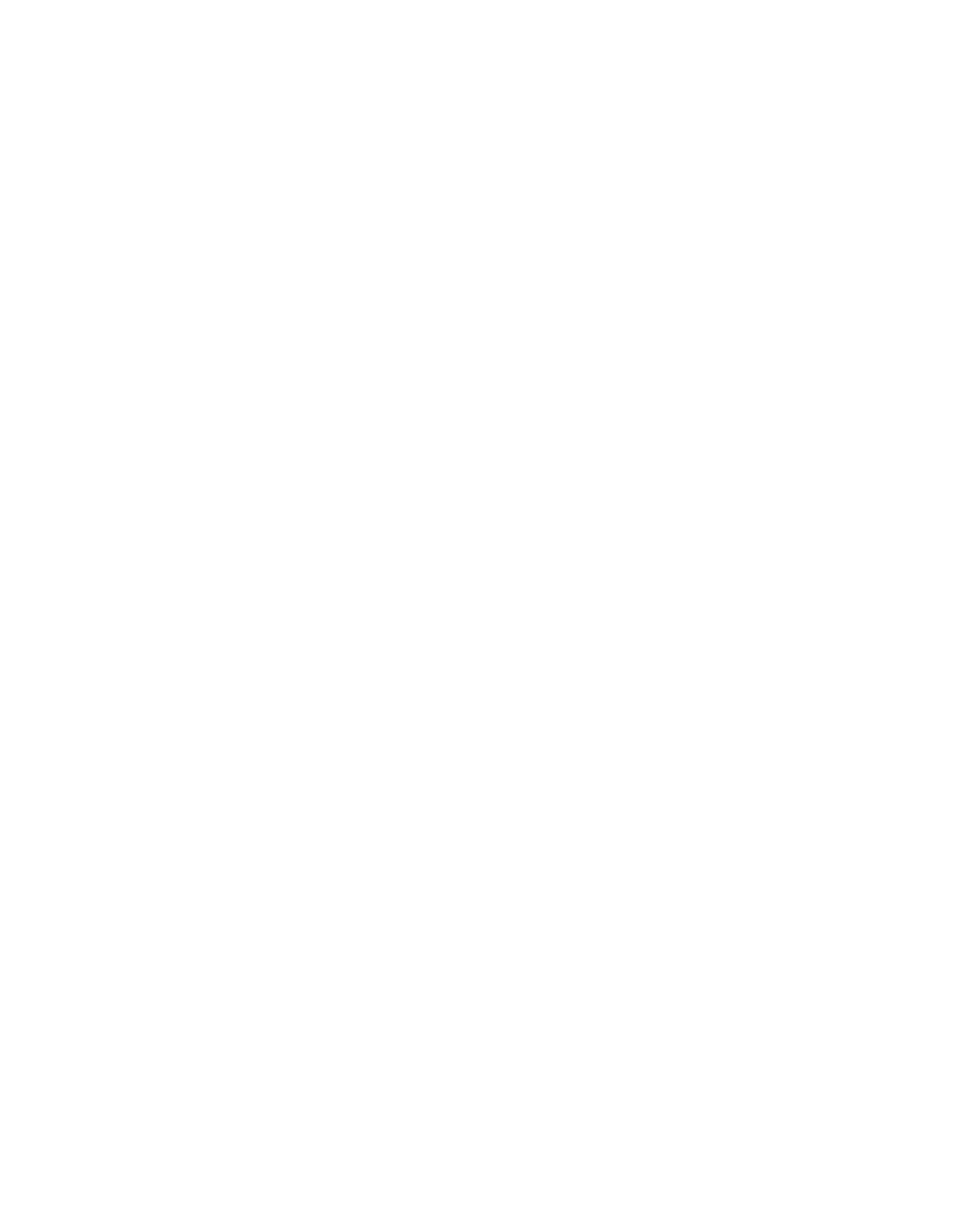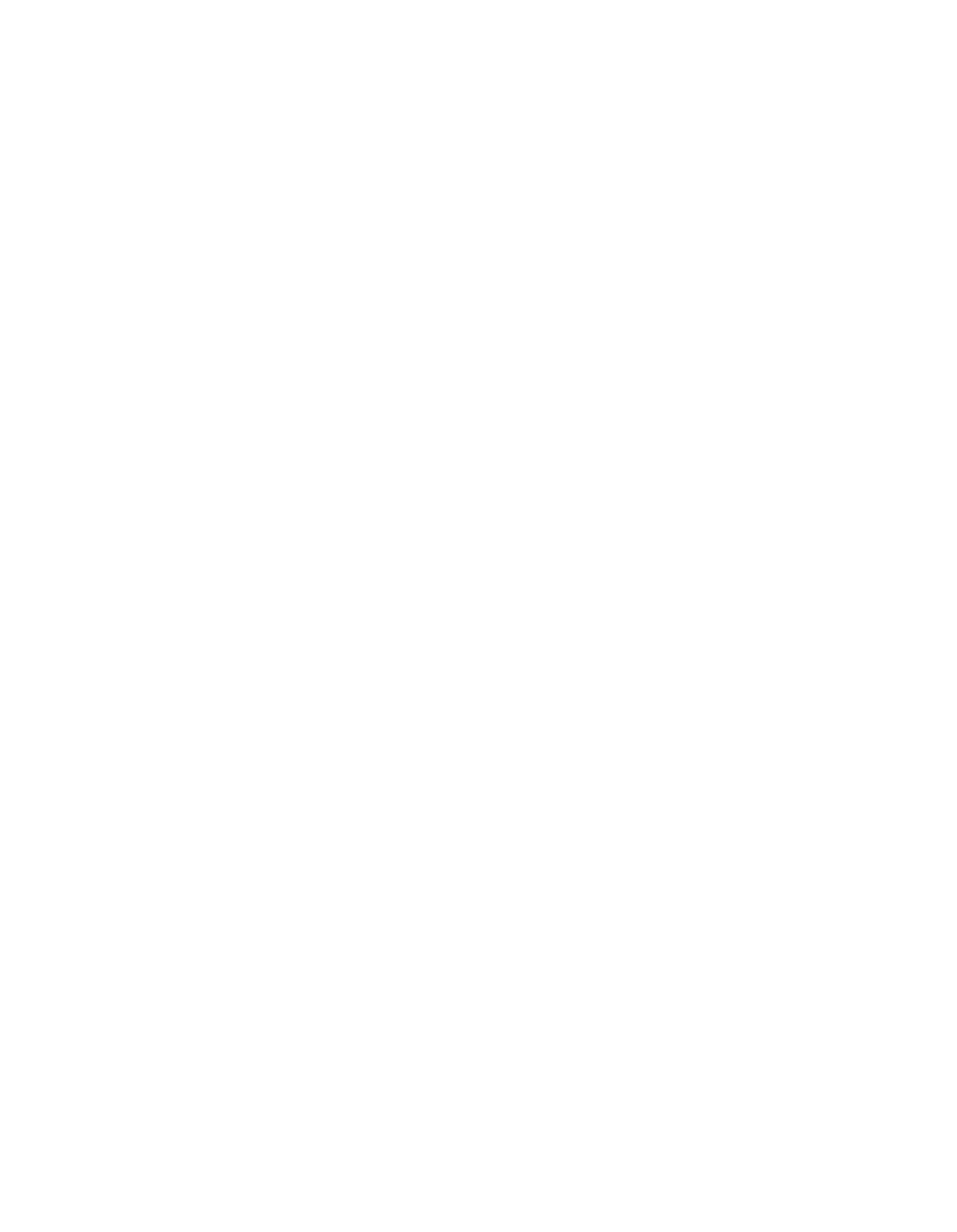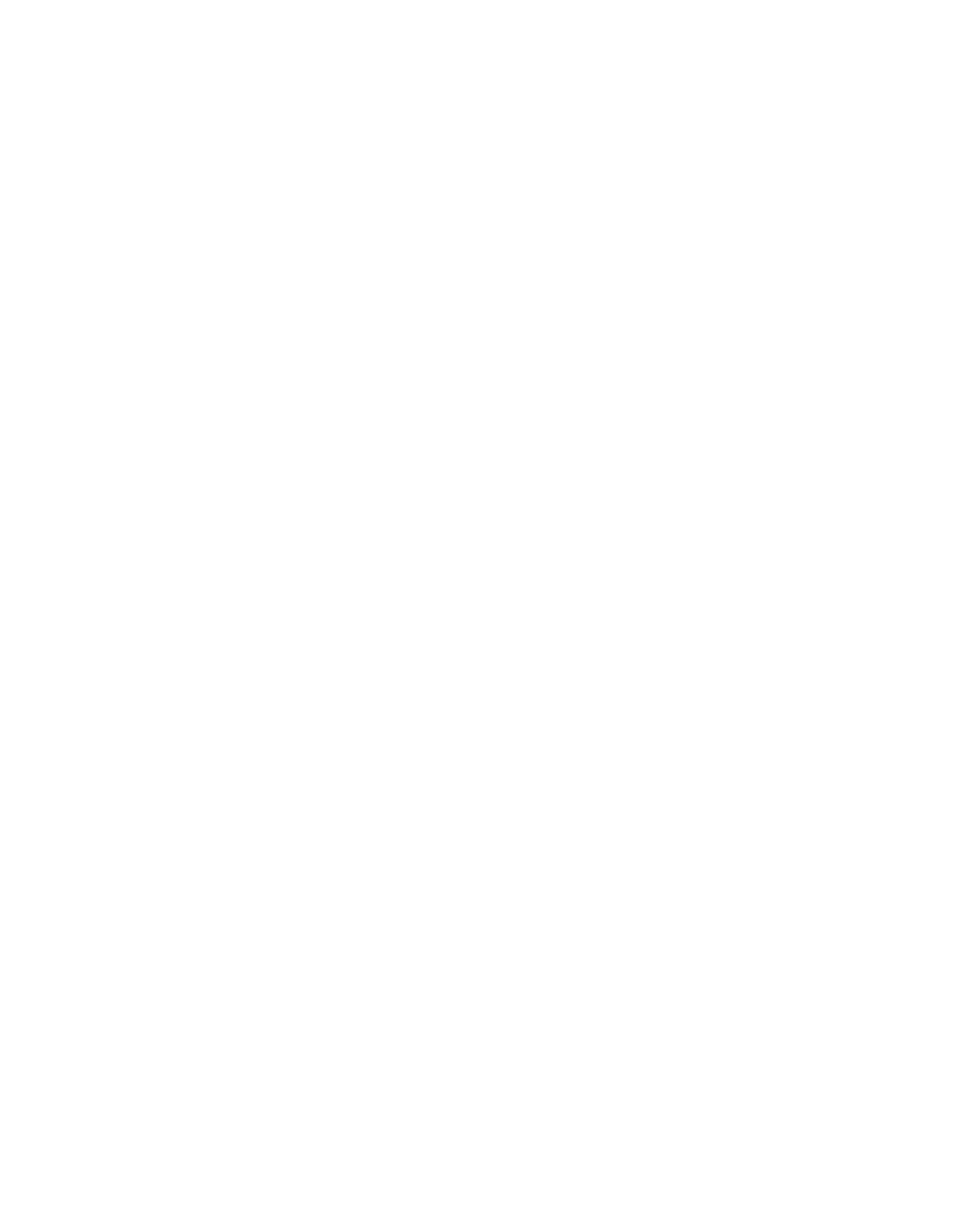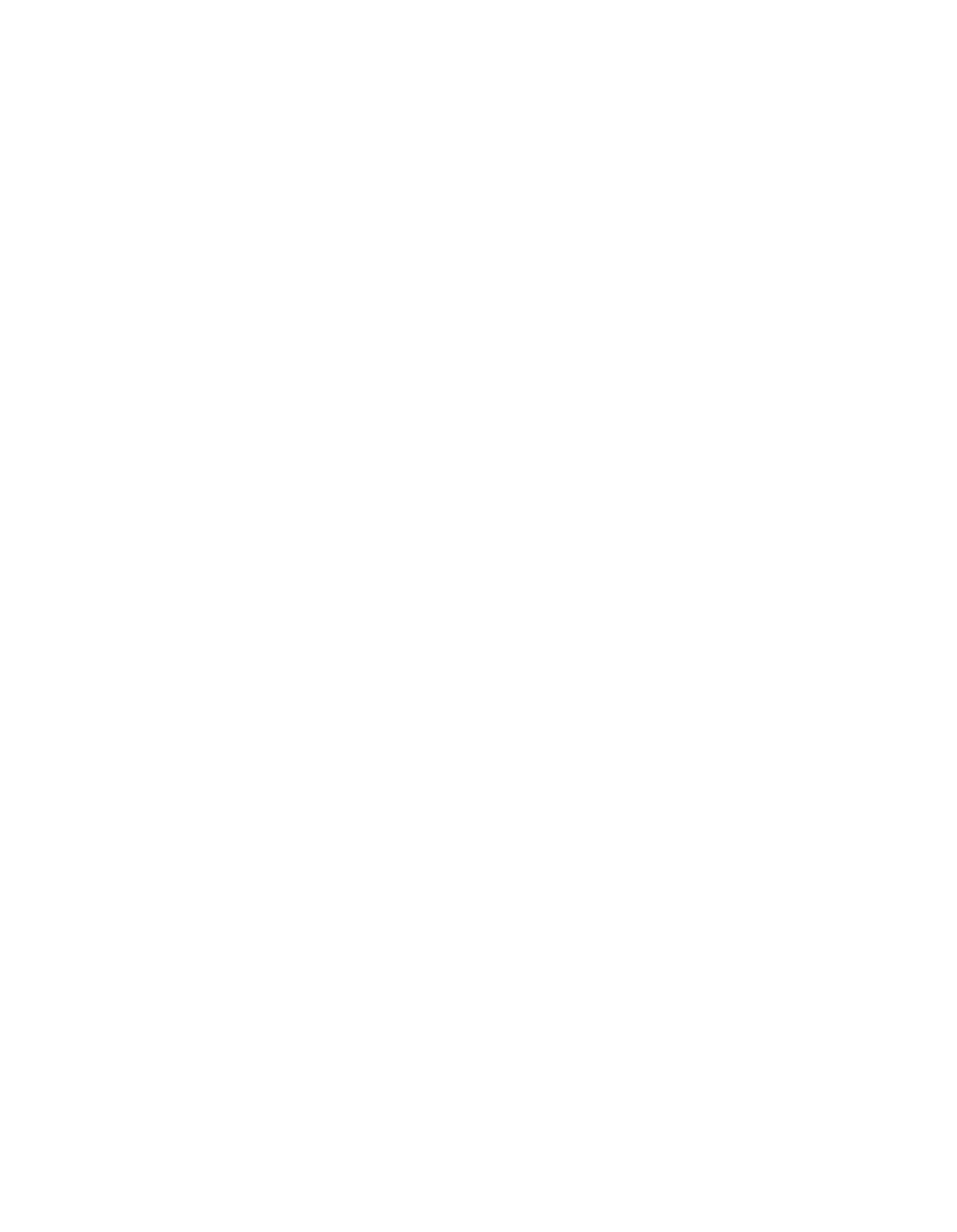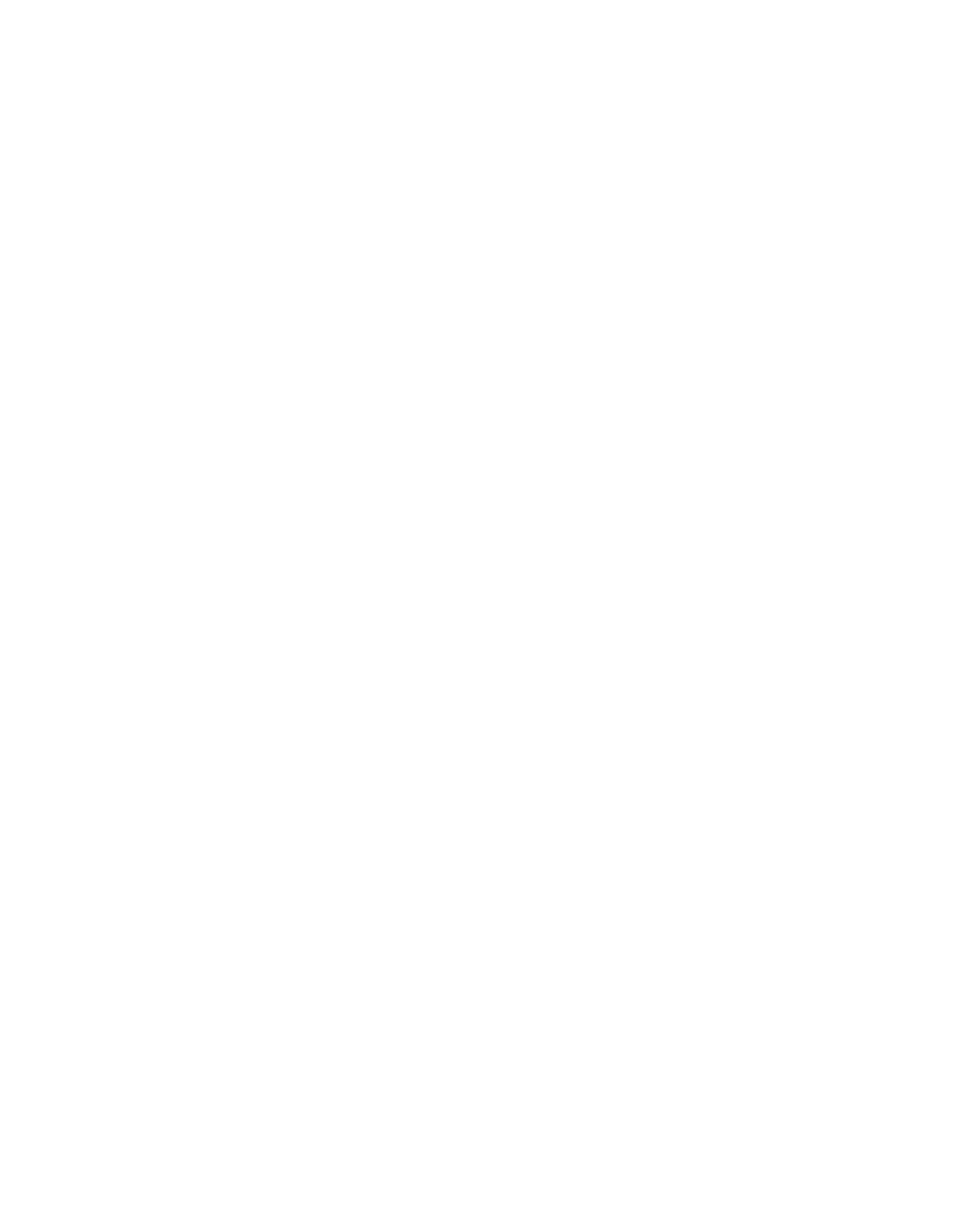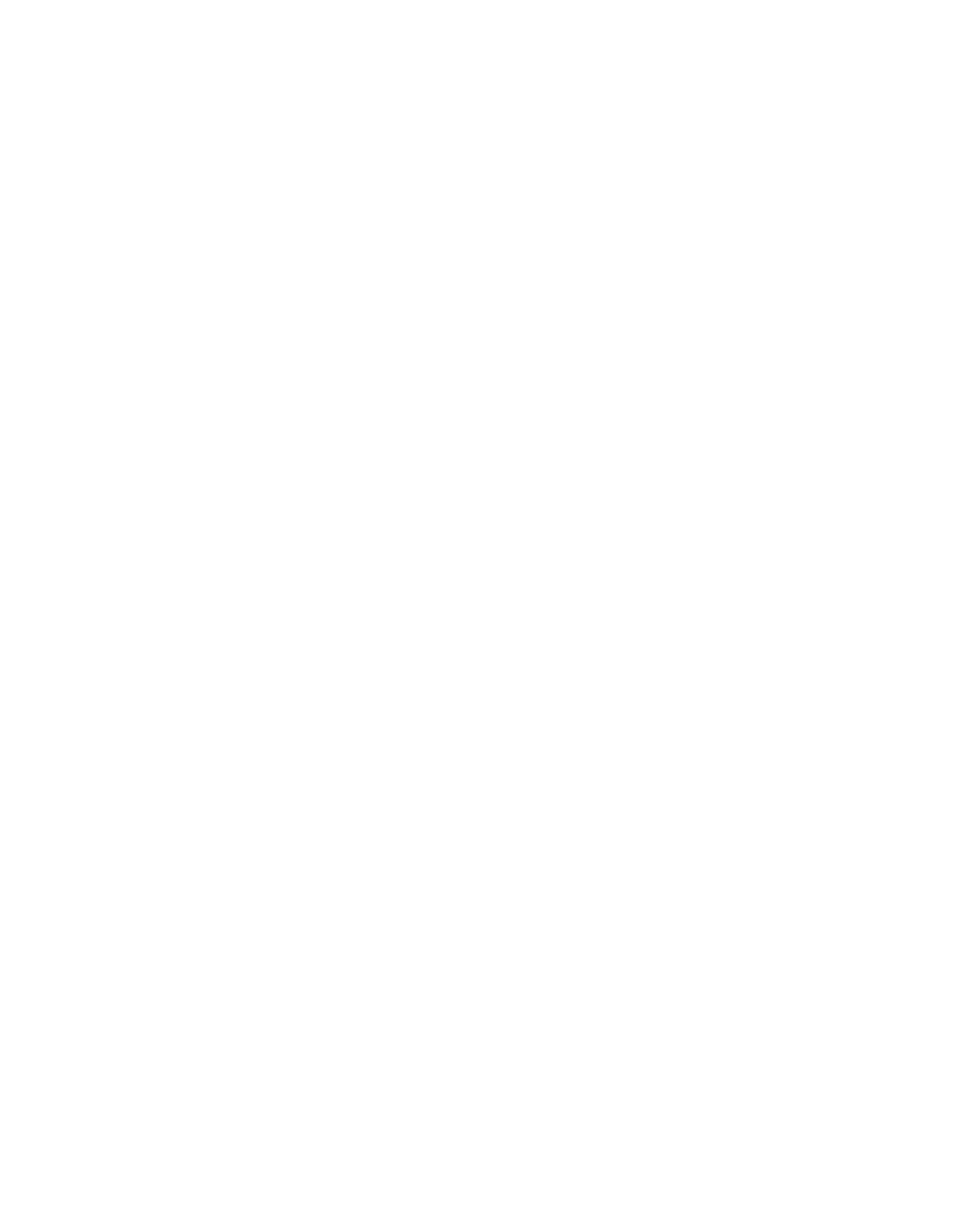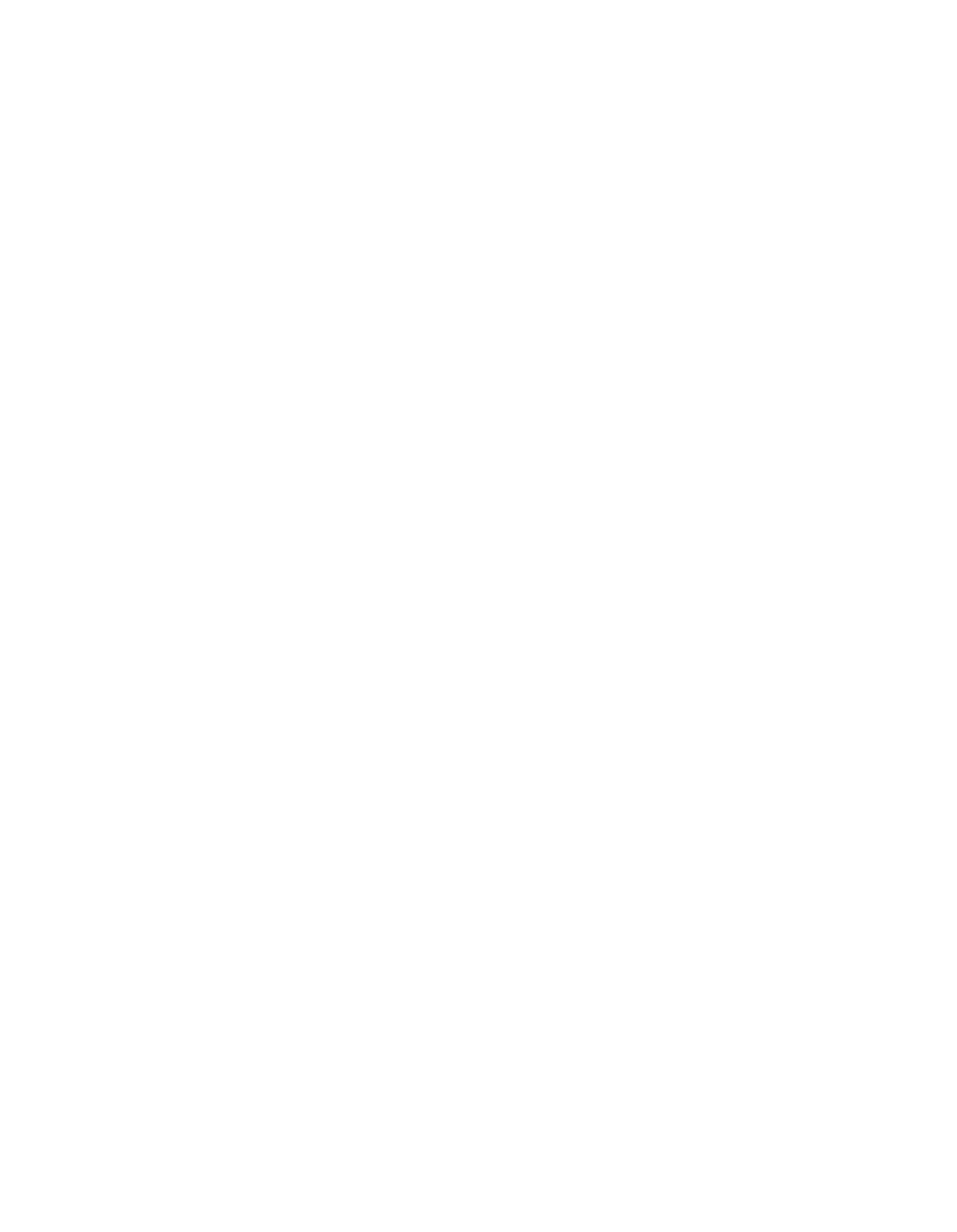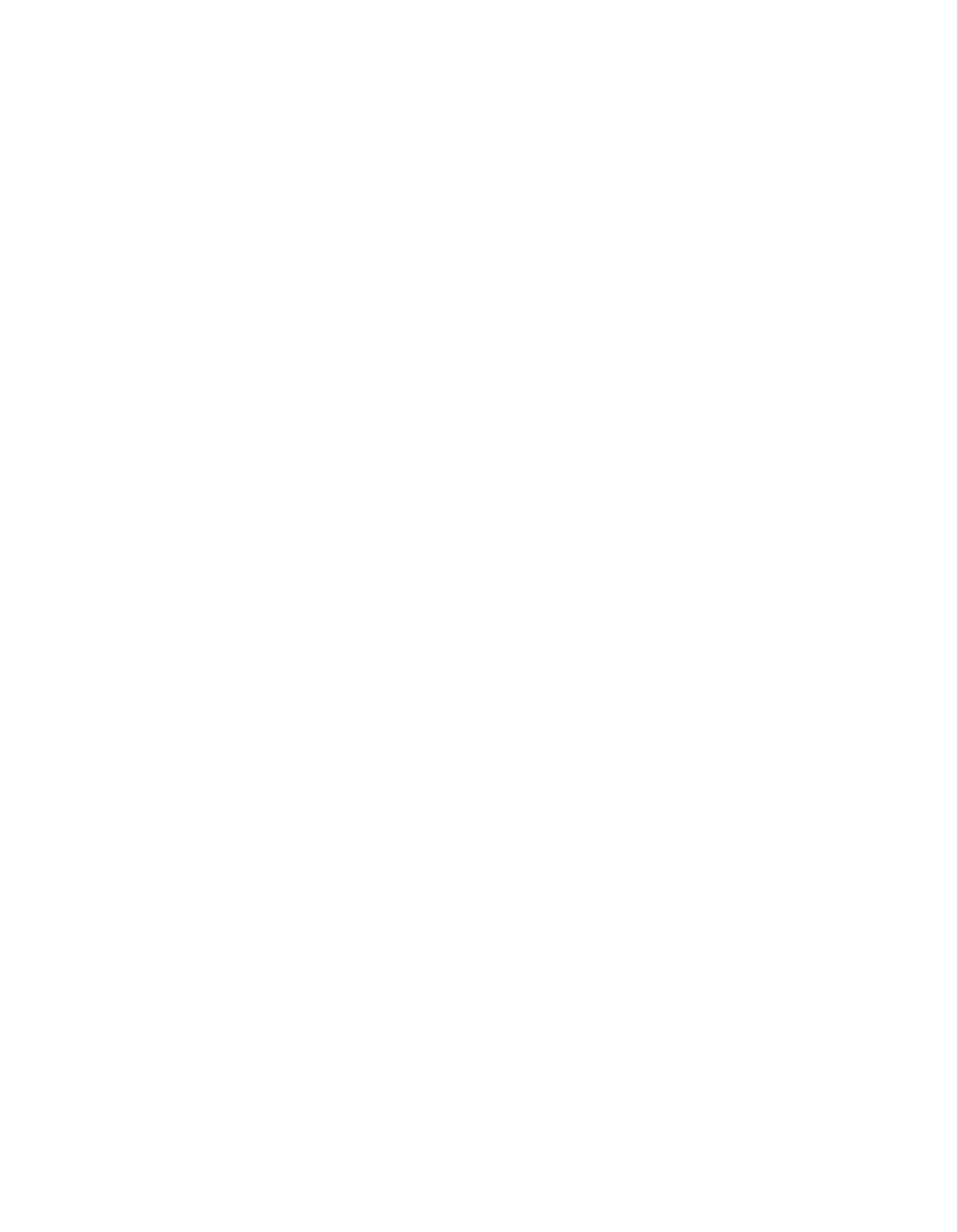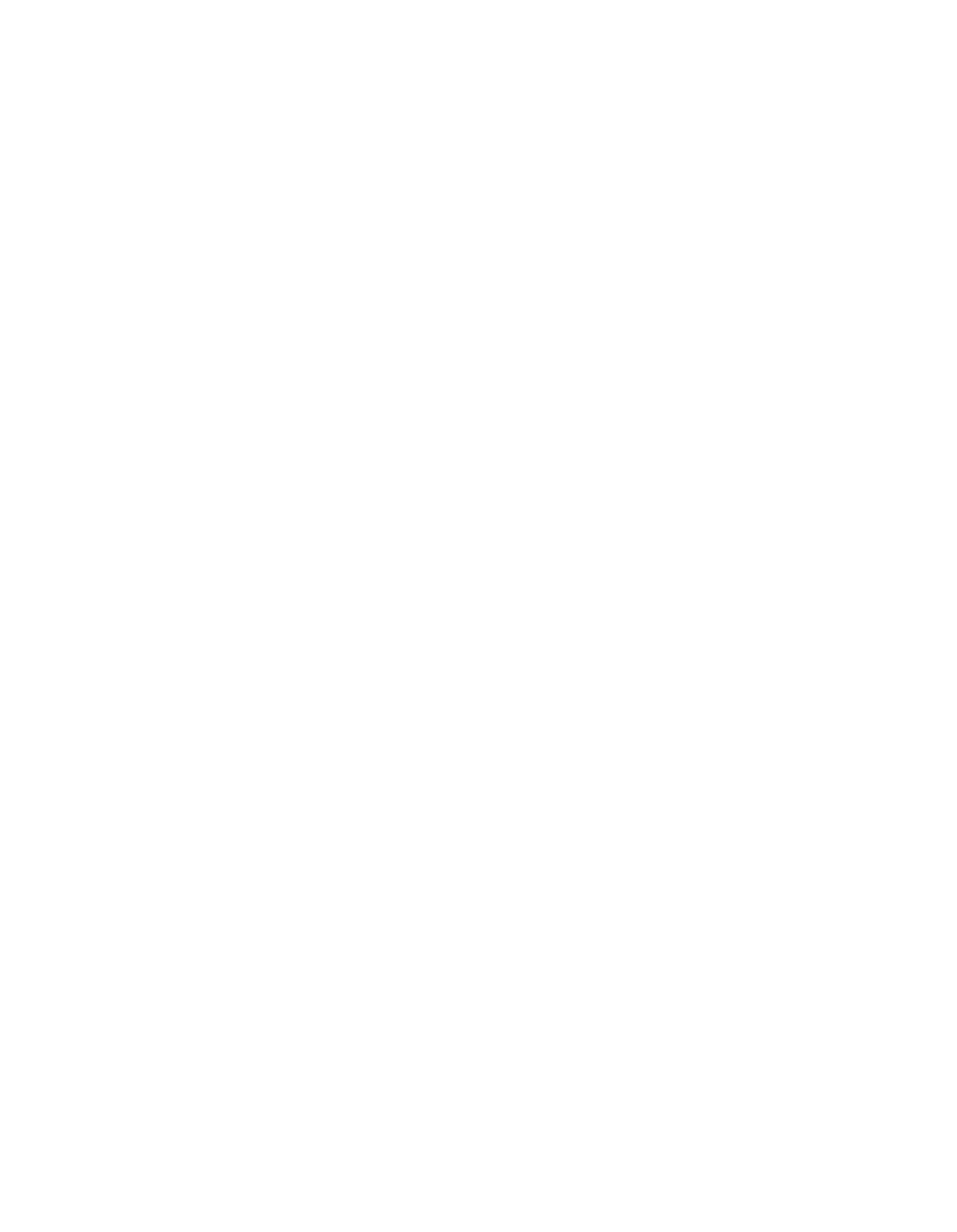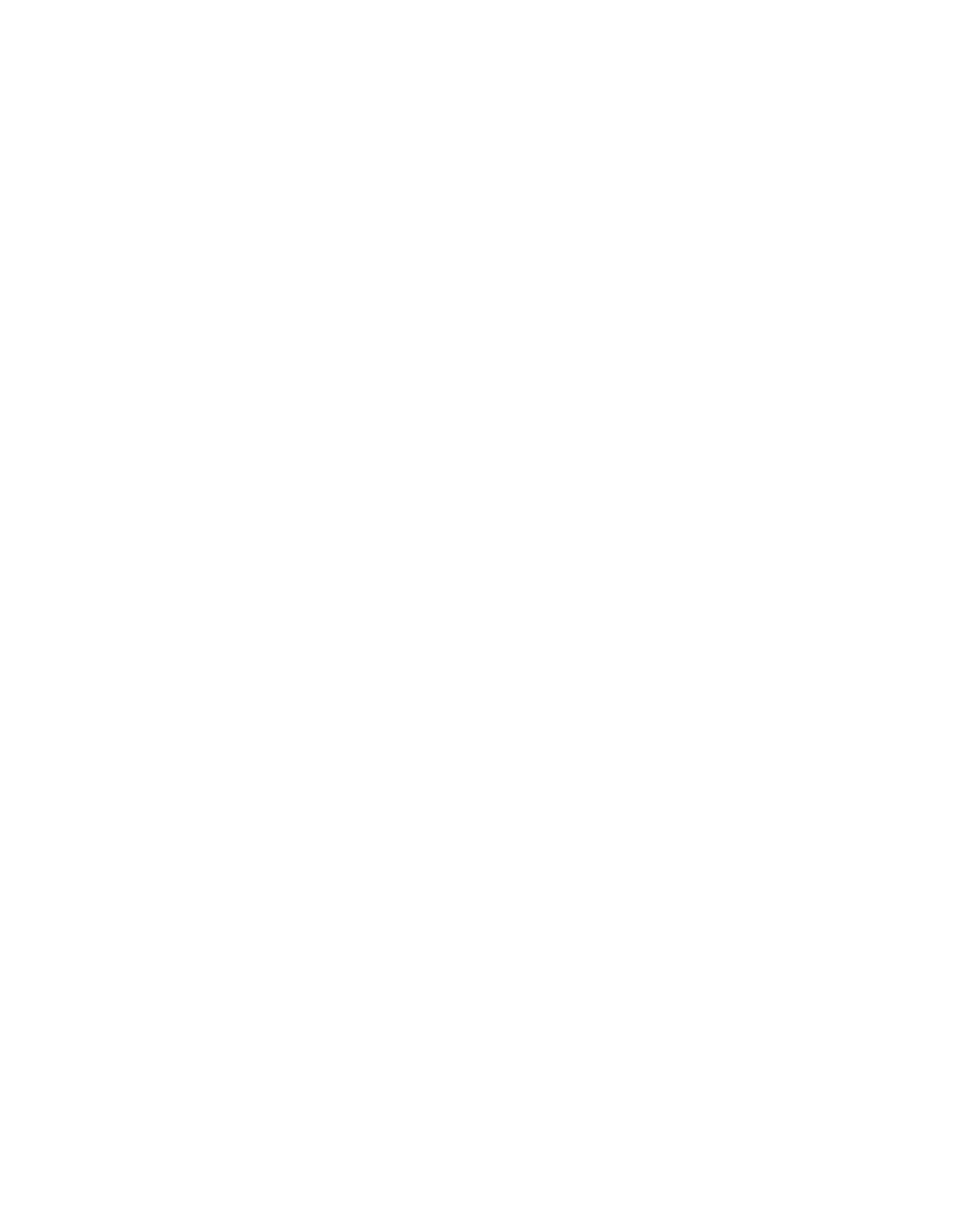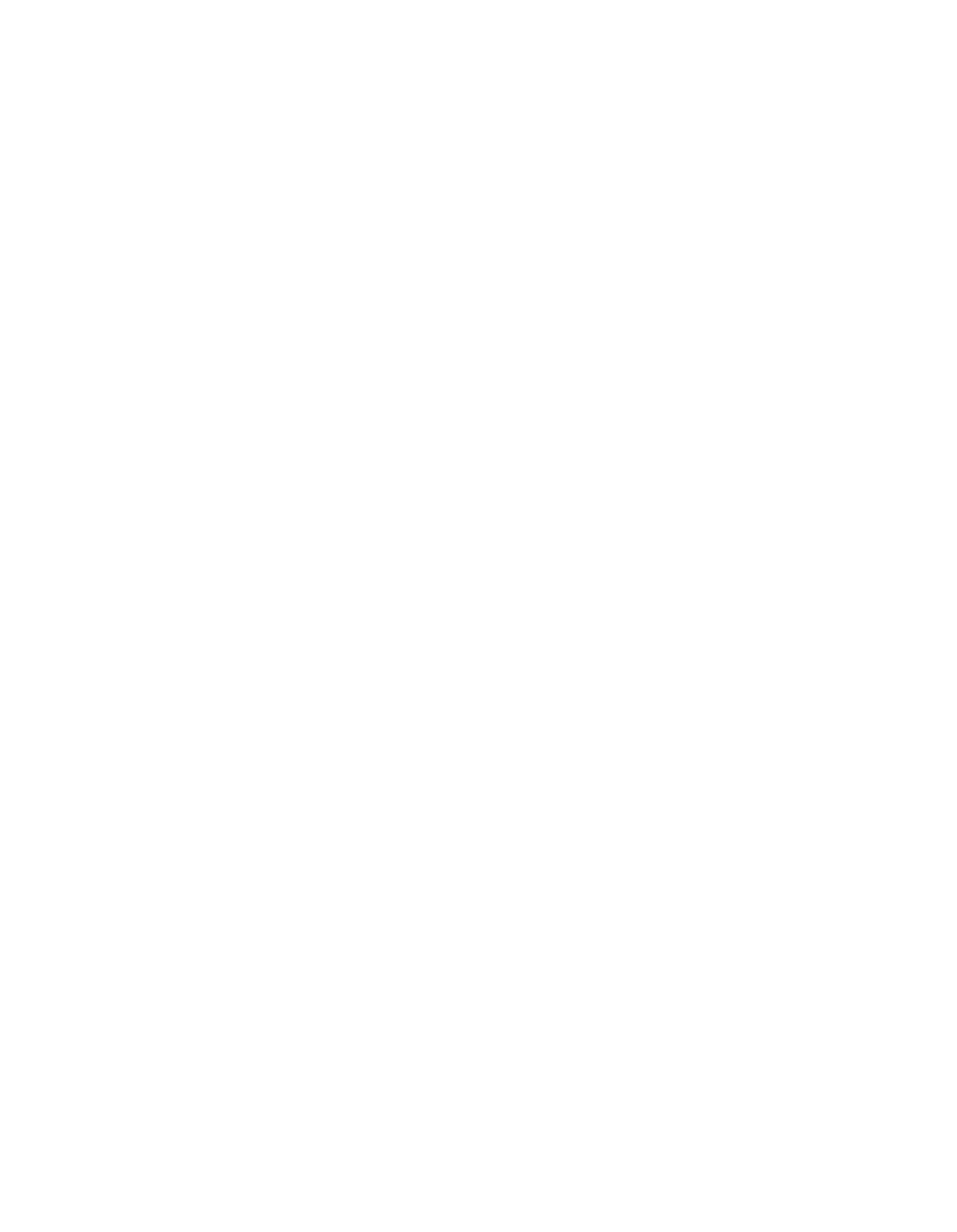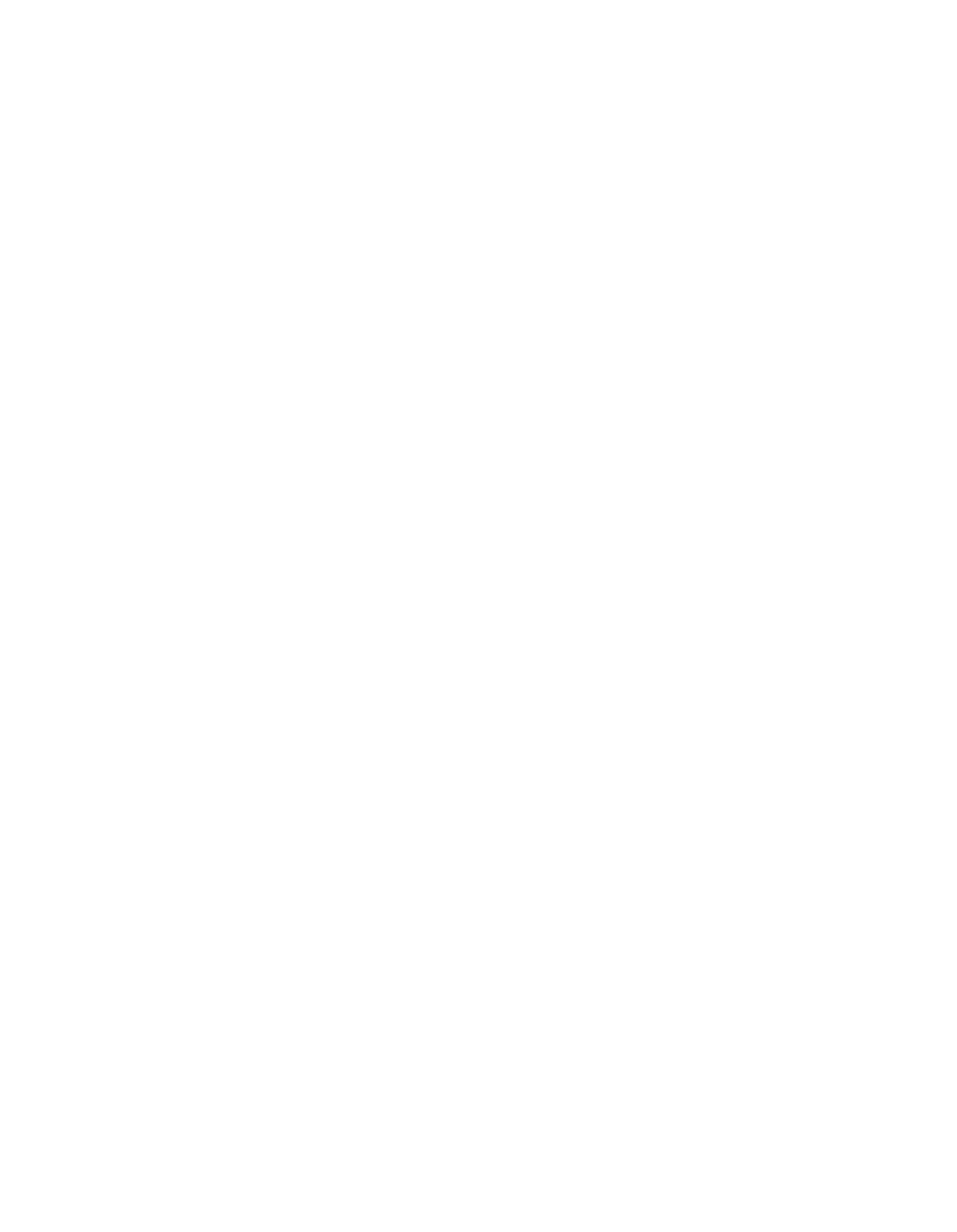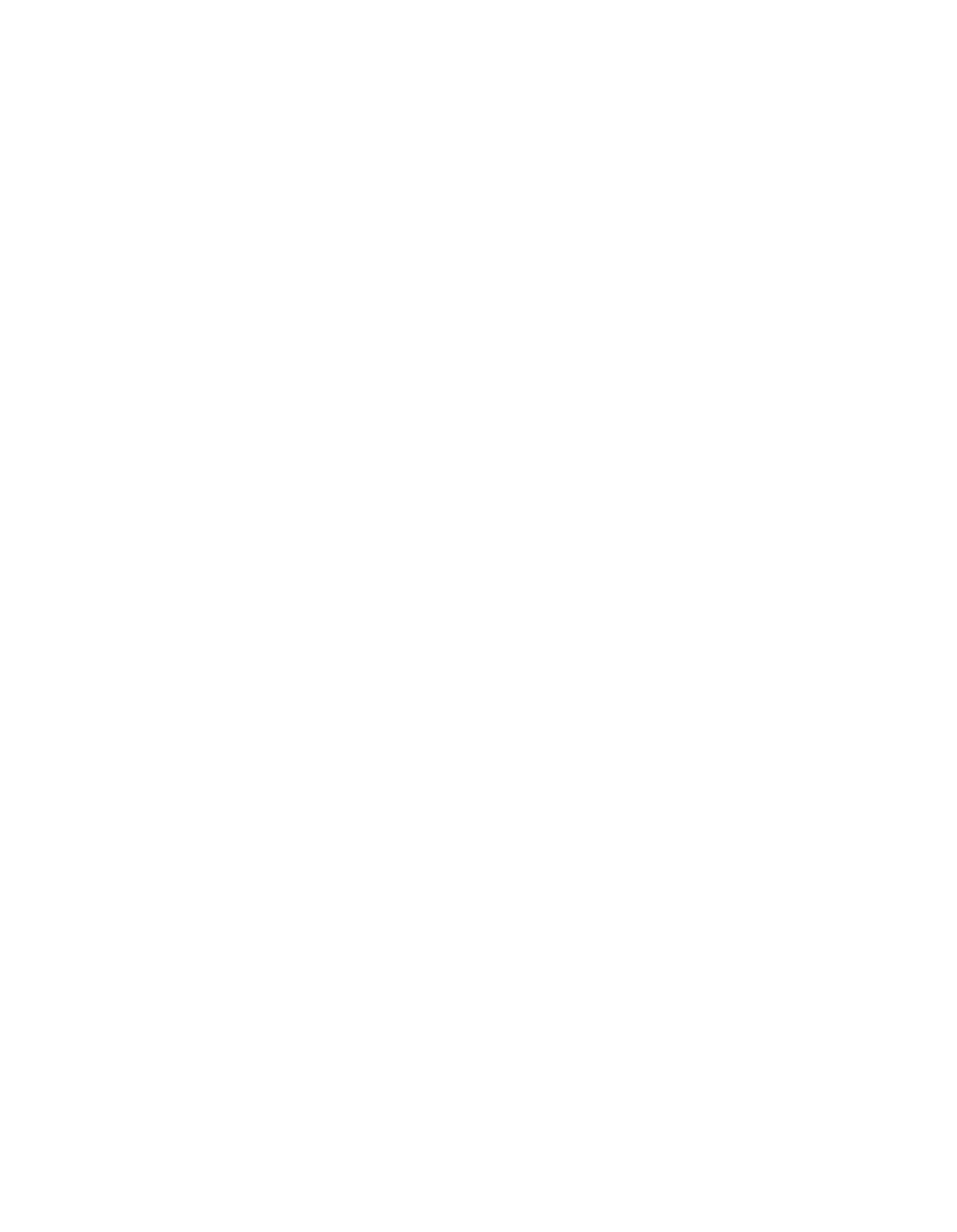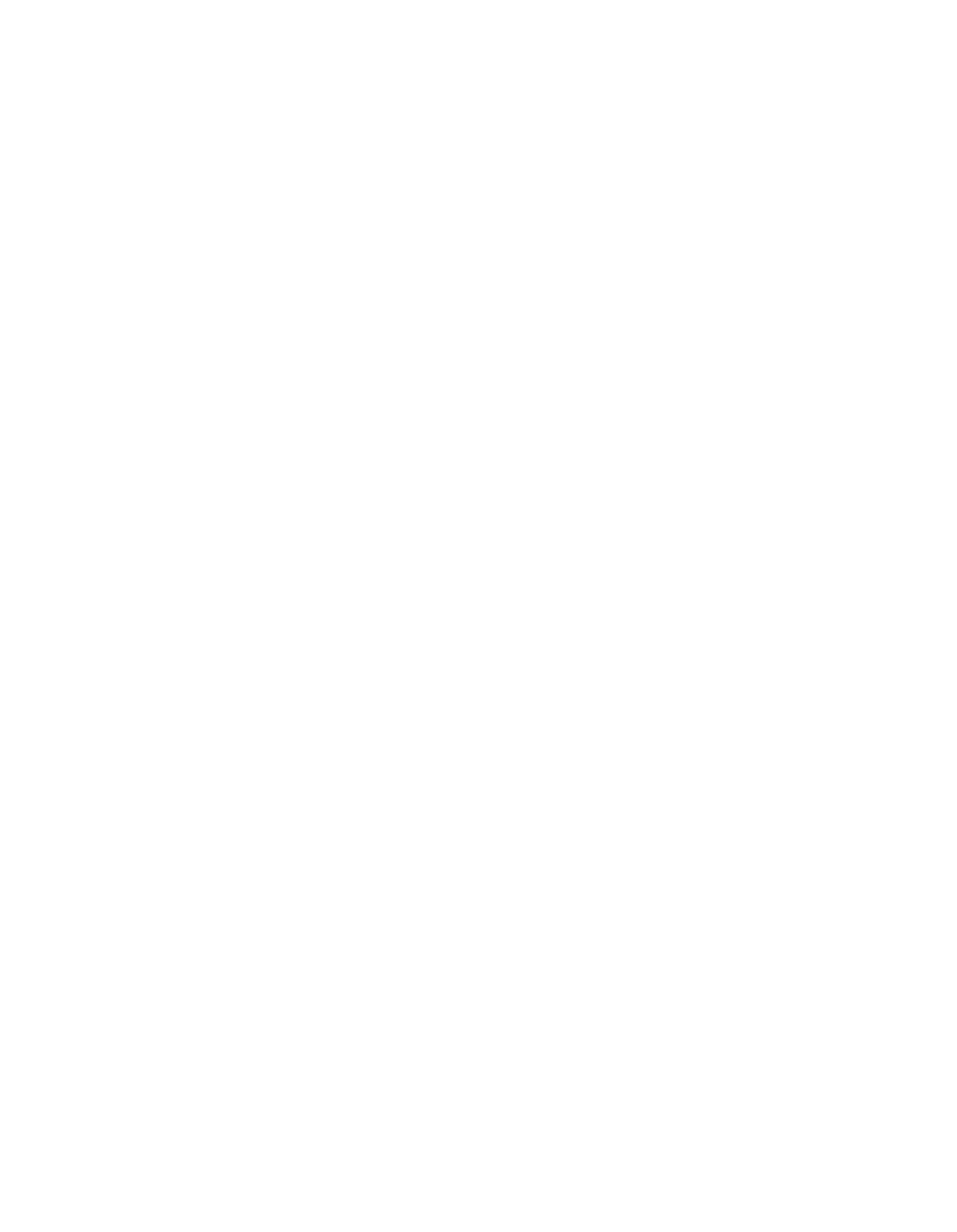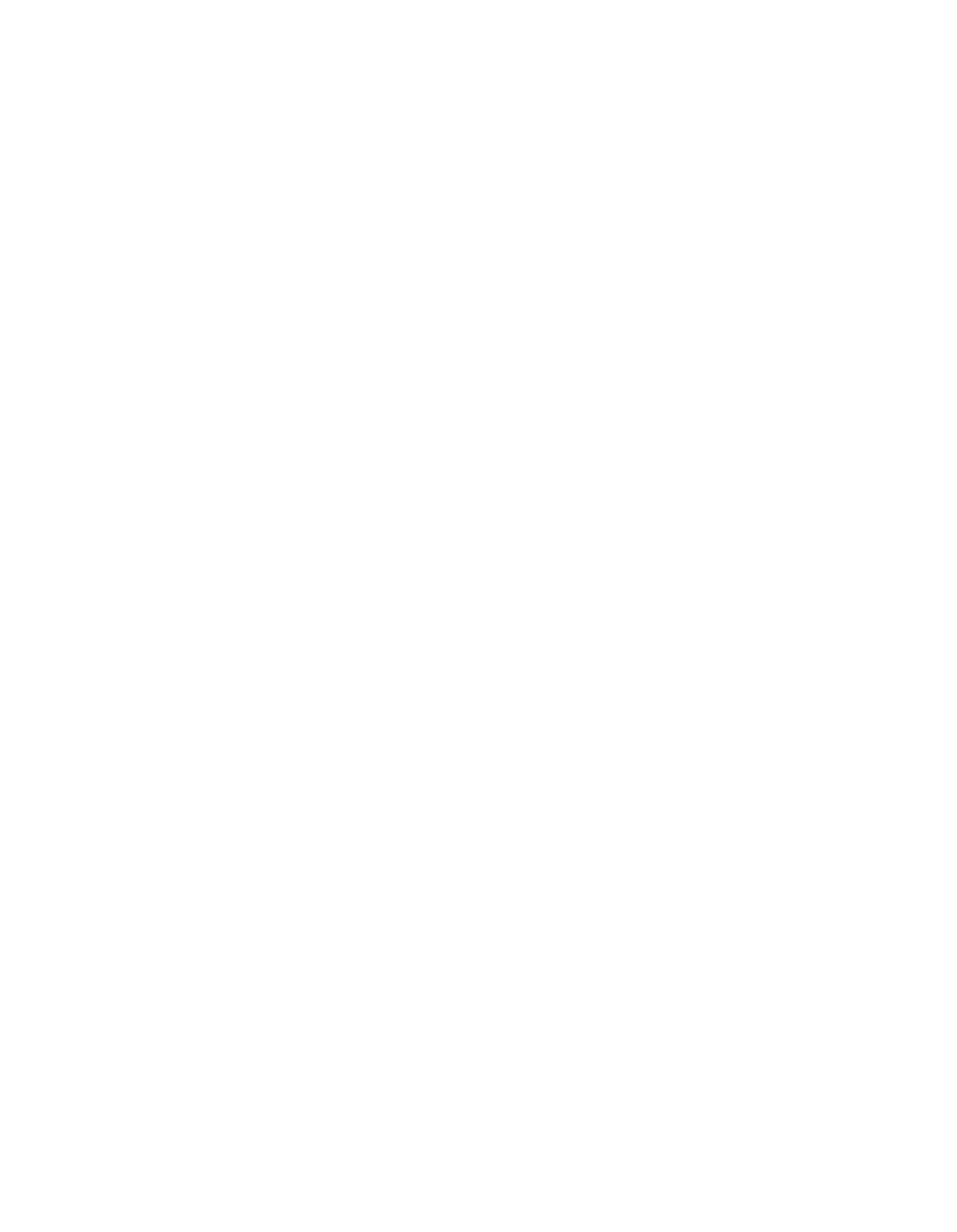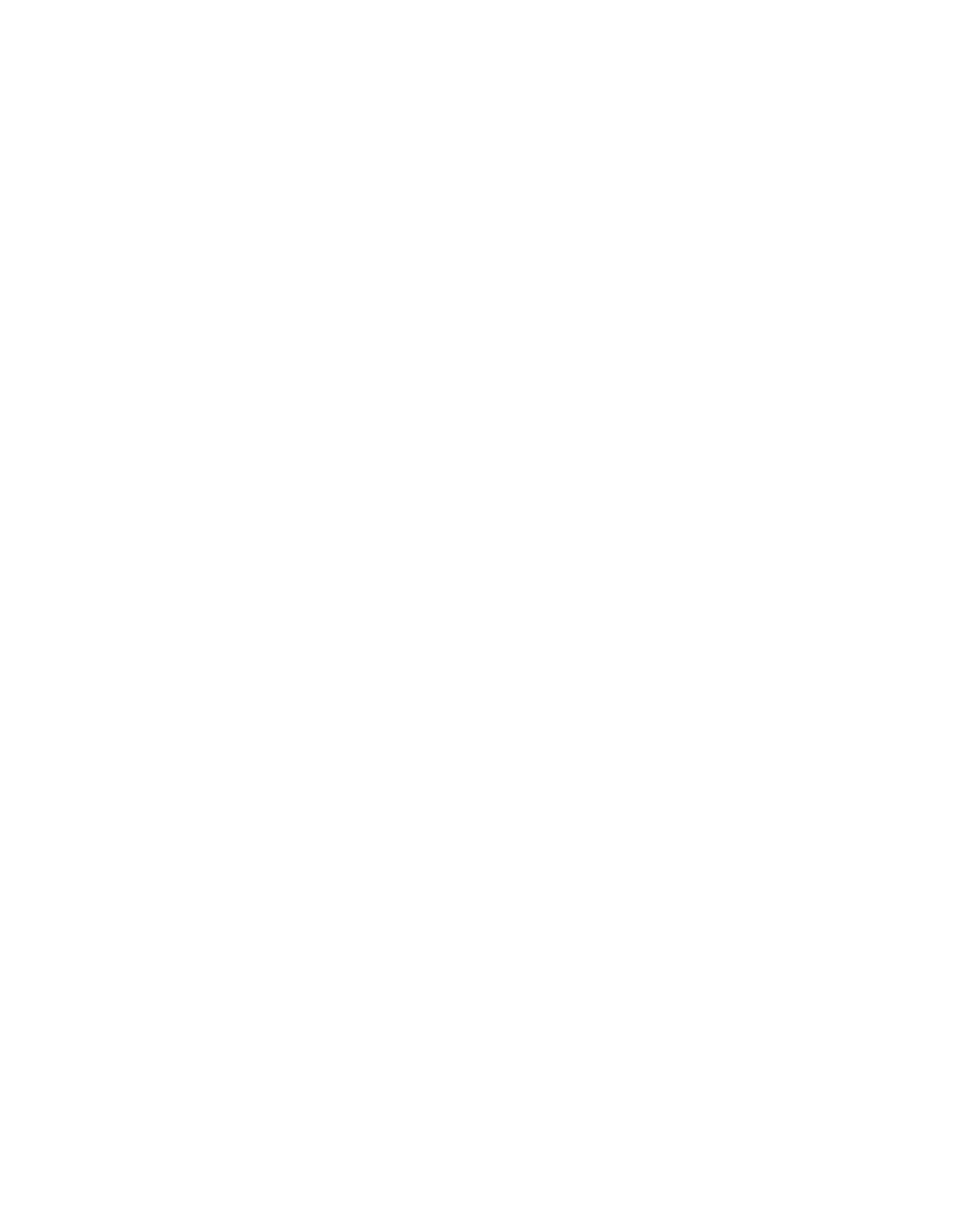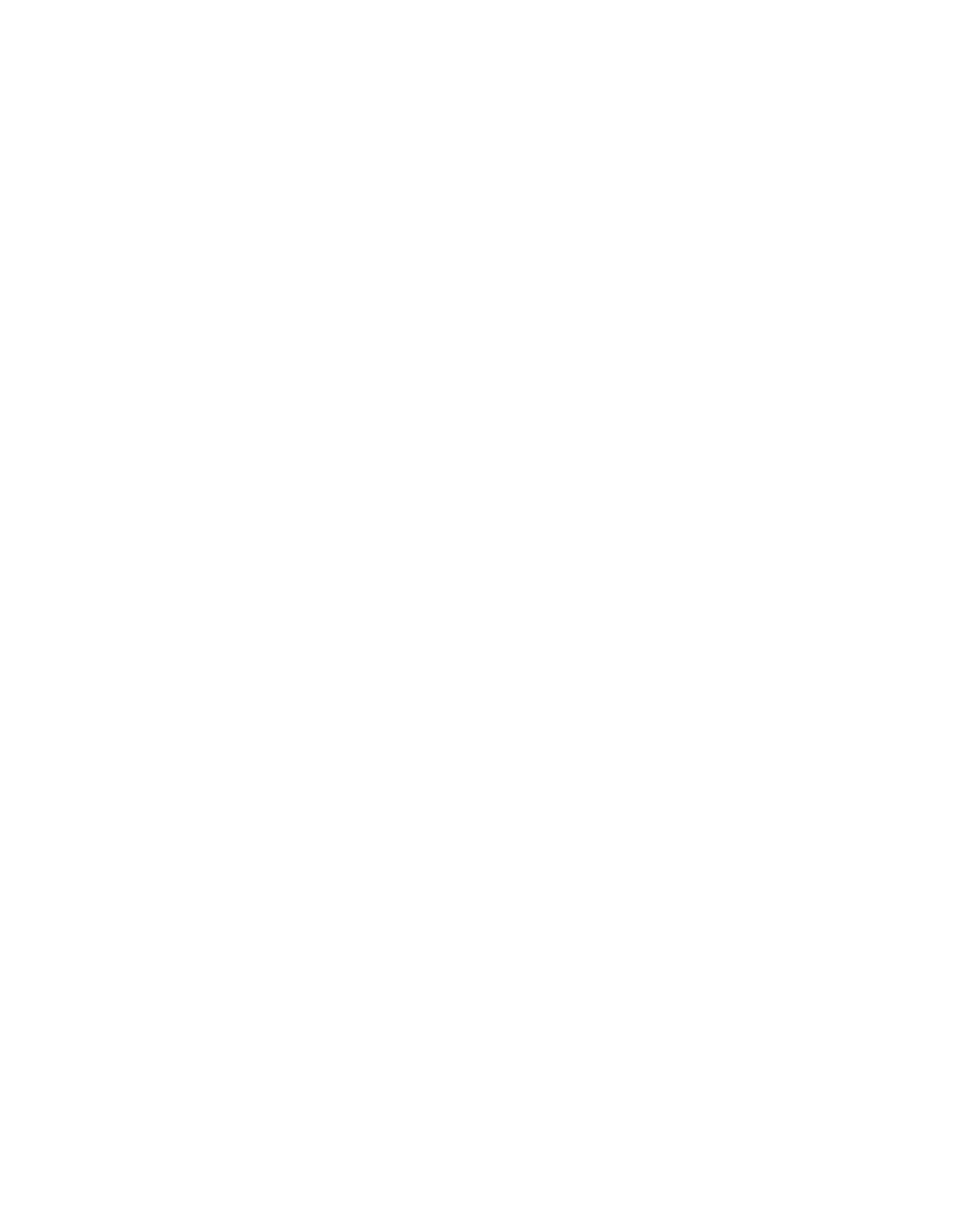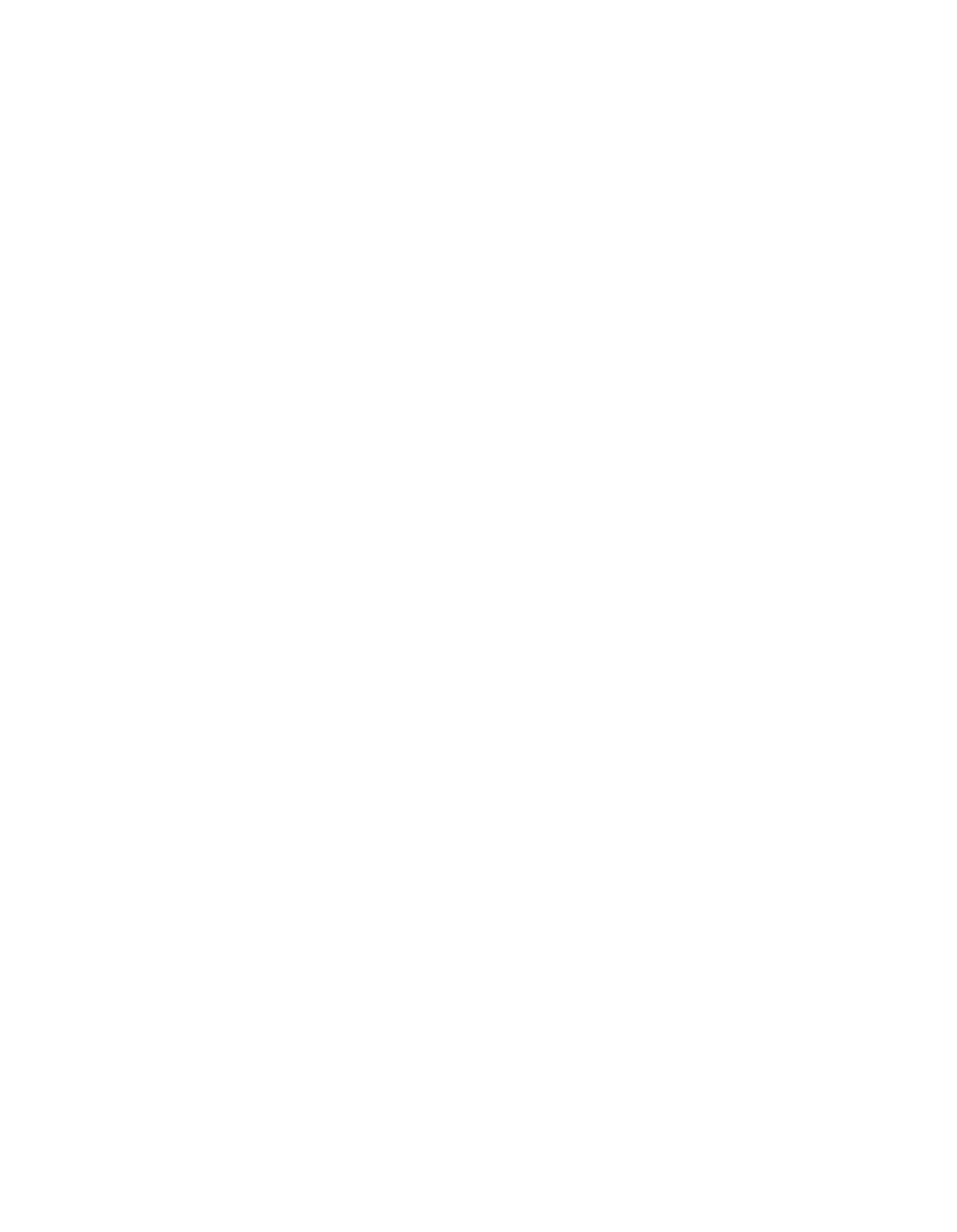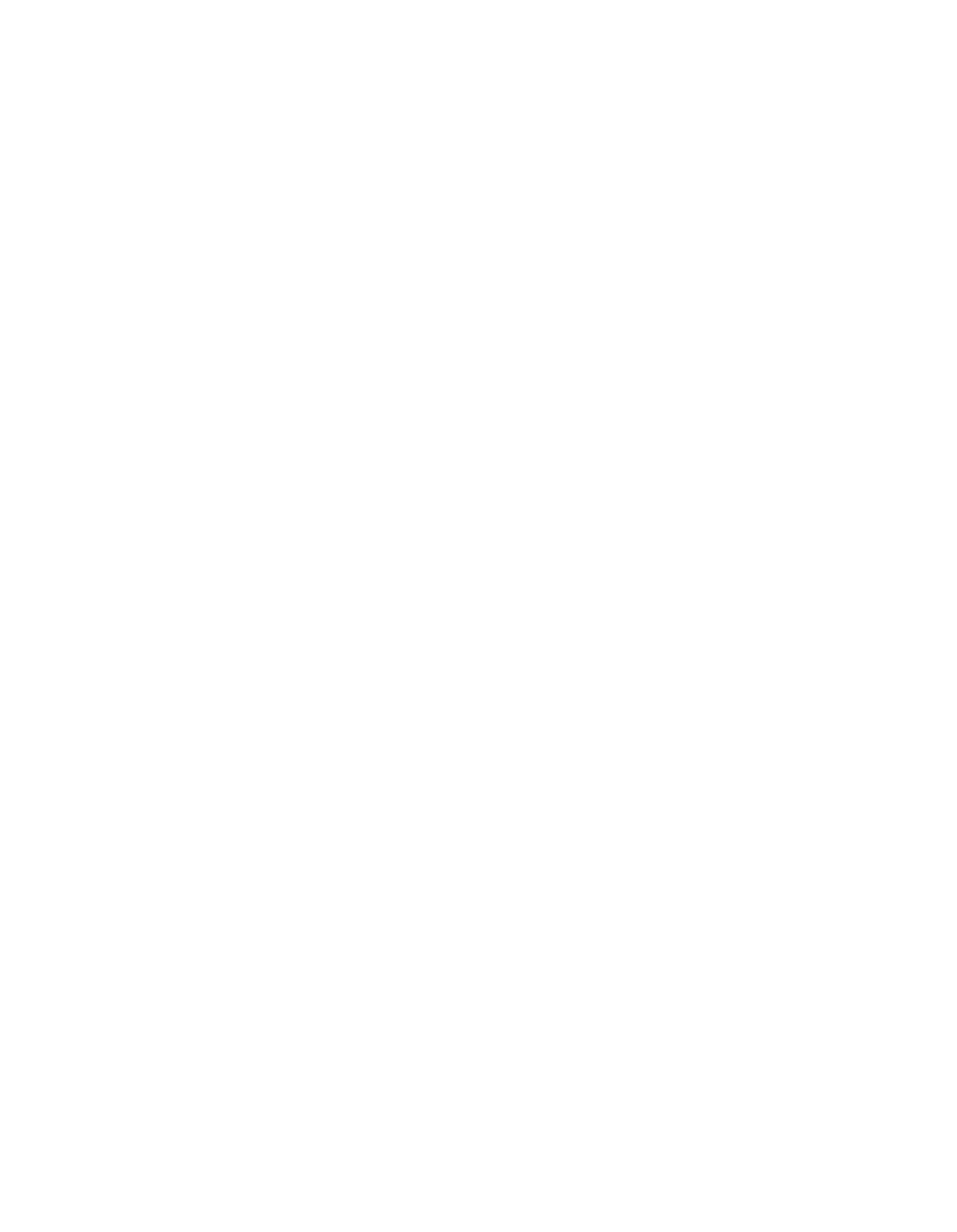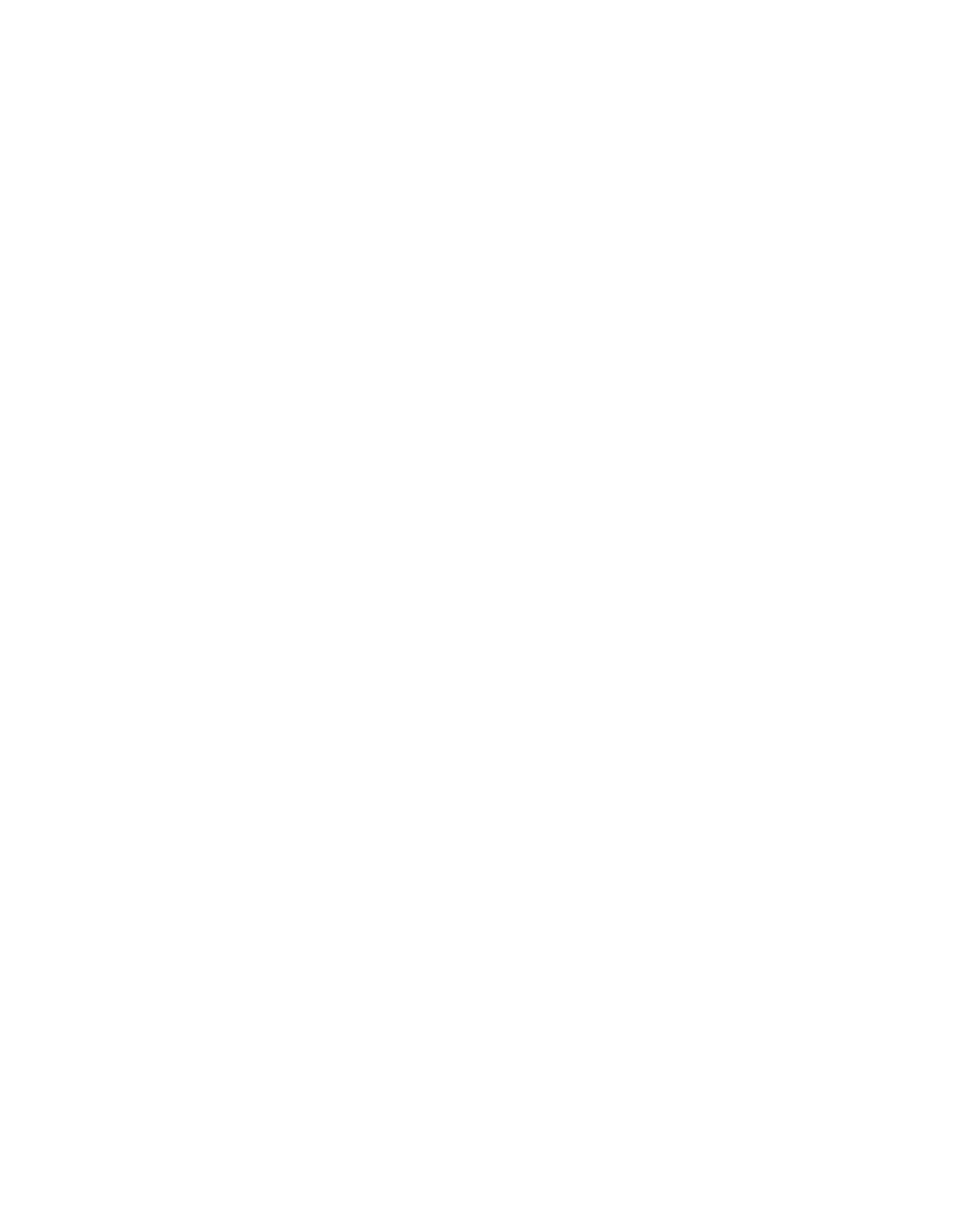ILLINOIS POLLUTION CONTROL BOARD
October
5,
1989
IN THE MATTER OF:
UIC UPDATE, USEPA REGULATIONS
)
R89-2
(7—1—88 THROUGH 12—31—88)
)
PROPOSAL FOR PUBLIC COMMENT
PROPOSED OPINION OF THE BOARD
(by J. Anderson):
By
a separate Order, pursuant to Sections
22.4(a)
and 13.(c)
of the Environmental Protection Act
(Act),
the Board
is proposing
to amend
the Underground Injection Control
(U1C)
regulations.
Section 22.4
of the Act governs adoption of regulations
establishing the RCRA program
in Illinois.
Both Sections 22.4(a)
and 13(c) provide
for quick
adoption of
regulations which are
“identical
in substance”
to federal
regulations.
Because
this
rulemaking
is not subject
to Section
5
of the Administrative
Procedure Act,
it
is not subject
to first
notice or to second
notice review by the Joint Committee on Administrative Rules
(JCAR).
The federal UIC regulations are found
at
40 CFR 144 and
146
(and a new part,
148)
This rulemaking updates
tJIC rules
to
correspond with federal amendments during the period August
1
through December
31,
1988.
The Federal Registers utilized are
as
follows:
52
Fed.
Reg.
46963
December 10, 1987
53 Fed.
Reg.
28147
July
26,
1988
53
Fed. Req.
30918
August
16, 1988
53 Fed.
Reg.
34086
September
2,
1988
53 Fed.
Req.
37294
September
26, 1988
53 Fed.
Req.
37410
September
26,
1988
53
Fed. Reg.
37934
September
26,
1988
53
Fed. Reg.
41601
October
24, 1988
Usually, State UIC and RCRA program updates are divided into
their traditional parts, UIC in
35
Ill. Adm. Code
704,
730 and
now 738
(proposed), and RCRA in
35
Ill. Adm. Code
703,
705,
and
720 through
729, with minimal
overlap.
However,
the present UIC
and
RCRA
program updates,
involved in R89-1 and this docket, have
more overlap
than usual.
The result
is that along with the usual
UIC Illinois sections being addressed
in this update,
this update
also addresses the amendments
to
35
Ill. Adm. Code 702,
705 and
720.
The RCRA update, R89—l,
has adopted
the July through
December
1988 amendments
to
35
Ill.
Adm. Code 703,
721,
724
through 726, and 728,
on September
28,
1989.
Various sections of
the federal UIC program were amended to
allow Indian Tribes to be treated as states for purposes of
F14—133
—2—
administering an Underground Injection Control Program.
There
does not appear to be a need to adopt
these amendments because
there do not appear to be any Indian tribes
in Illinois.
This
conclusion
is based on the fact that no Illinois tribes are
listed on the Federal recognition list kept by the Secretary of
the Interior.
Listing on this recognition list
is the first of
four elibility criteria under Section 1451 of the SWDA for
treatment of Indian Tribes as states.
Thus,
the Board proposes
not
to adopt these rules pursuant to Section 7.2(a)(l) of the
Act,
the inapplicability exemption from the identical
in
substance rulemaking mandate.
35
Ill. Adm. Code 704 has been been amended to include a new
Subpart H: ISSUED PERMITS.
This Subpart
is composed of Sections
from 35 Iii. Adm. Code 702.183 through 702.187
(except 702.186),
with language applicable only to
RCRA
permits removed,
so that
only UIC permits are addressed.
HISTORY OF
RCRA,
UST and UIC ADOPTION
The Illinois UIC regulations,
together with more stringent
state regulations particularly applicable to hazardous waste,
include the following:
702
RCRA and UIC Permit Programs
703
RCRA Permit Program
704
UIC Permit Program
705
Procedures
for Permit Issuance
709
Wastestream Authorizations
720
General
721
Identification and Listing
722
Generator Standards
723
Transporter Standards
724
Final TSD Standards
725
Interim
Status TSD Standards
726
Specific Wastes and Management Facilities
728
tJSEPA Land Disposal Restrictions
729
Landfills:
Prohibited Wastes
730
UIC Operating Requirements
731
Underground Storage Tanks
738
Hazardous Waste Injection Restrictions
(Proposed)
Special procedures
for RCRA cases are included
in Parts 102,
103, 104 and 106.
Adoption of
these regulations has proceeded
in several
stages.
The Phase
I RCRA regulations were adopted and amended as
follows:
RB—22
45
PCI3 317, February
4,
1982,
6
Ill. Reg.
4828,
April
23,
1982.
1O4~-184
—3—
R82—l8
51 PCB
31, January
13,
1983,
7
Ill.
Reg.
2518,
March
4,
1983.
Illinois received Phase
I
interim authorization on May 17,
1982
(47 Fed. Req.
21043).
The
tJIC regulations were adopted as follows:
R81—32
47 PCB 93,
May 13,
1982;
October 15,
1982,
6
Ill.
Req.
12479.
The UIC regulations were amended
in R82—l8, which
is
referenced above.
The UIC regulations were also amended in R83—
39:
R83—39
55 PCB 319, December
15,
1983;
7
111. Reg.
17338,
December
20,
1983.
Illinois received UIC authorization February
1,
1984.
The
Board has updated the UIC regulations:
R85—23
70 PCB 311, June
20,
1986;
10 Ill.
Req.
13274,
August
8,
1986.
R86—27
Dismissed at
77 PCB 234, April
16,
1987
(No USEPA
amendments through 12/31/86).
R87—29
January 21,
1988;
12
Ill. Req.
6673, April
8,
1988;
(1/1/87 through 6/30/87)
R88—2
June 16,
1988;
12
Ill. Req.
13700,
August
26,
1988.
(7/1/87 through 12/31/87)
R88—l7
December
15,
1988;
13
Ill. Reg.
478, December
30,
1988
(1/1/88
through 6/30/88)
R89—2
This Docket
(7/1/88
through 12/31/88)
The Phase
II RCRA
regulations included adoption of Parts 703
and 724, which established the
permit program and final
TSD
standards.
The Phase
II
regulations were adopted and amended as
follows:
R82—19
53 PCB 131, July 26,
1983,
7
Ill.
Req.
13999,
October
28,
1983.
R83—24
55 PCB
31, December
15,
1983,
8
Ill.
Req.
200,
January
6,
1984.
On September
6,
1984,
the Third District Appellate Court
upheld the Board’s actions
in adopting R82—19 and R83—24.
(Commonwealth Edison et al.
v.
IPCB,
127
Ill. App.
3d
446;
468 NE
2d 1339
(Third Dist.
1984).)
104- 185
—4—
The Board updated the RCRA regulations to correspond with
USEPA amendments
in several dockets.
The period of the USEPA
regulations covered by the update
is indicated in parentheses:
R84—9
64 PCB 427, June 13,
1985;
9
Iii. Reg.
11964,
effective July 24,
1985.
(through 4/24/84)
R85—22
67 PCB 175,
479, December
20,
1985 and January
9,
1986;
10
Ill. Req.
968, effective January
2,
1986.
(4/25/84
——
6/30/85)
R86—l
71 PCB 110, July 11,
1986;
10
Ill. Reg.
13998,
August
22,
1986.
(7/1/85
——
1/31/86)
R86—l9
73 PCB 467, October
23,
1986;
10
Ill. Reg.
20630,
December 12,
1986.
(2/1/86
——
3/31/86)
R86—28
75 PCB 306, February
5,
1987;
and 76 PCB 195, March
5,
1987;
11
Ill. Reg.
6017, April
3,
1987.
Correction at 77 PCB 235, April
16,
1987;
11
Ill.
Reg.
8684,
May
1,
1987.
(4/1/86
——
6/30/86)
R86—46
July 16,
1987; August
14,
1987;
11
Ill.
Req.
13435.
(7/1/86
——
9/30/86)
R87—5
October
15,
1987;
11
Ill. Req.
19280,
November
30,
1987.
(10/1/86
——
12/31/86)
R87—26
December
3,
1987;
12
Ill. Req.
2450,
January 29,
1988.
(1/1/87
——
6/30/87)
R87—32
Correction
to
R86—l;
September
4,
1987;
11
Ill.
Req.
16698, October
16, 1987.
R87—39
Adopted June 14,
1988;
3.2
Ill. Req.
12999,
August
12,
1988.
(7/1/87
——
12/31/87)
R88—16
November
17,
1988;
13
Ill. Reg.
447, December
28,
1988.
(1/1/88
——
7/31/88)
R89—l
September
28,
1989
(Final Adoption of which
is not
yet published in the Illinois Register)
(8/1/88
——
12/31/88)
Illinois received final authorization for
the RCRA program
effective January
31,
1986.
The Underground Storage Tank rules were adopted
in
R86—l and
R86—28, which were RCP.A update Dockets discussed above.
A major
revision was adopted in R88—27.
Presently revisions
to the
program are before the Board
in R89—4.
10418~
—5—
The Board added to the federal listings of hazardous waste
by listing dioxins pursuant
to Section 22.4(d)
of
the Act:
R84—34
61 PCB 247, November
21,
1984;
8
111.
Req.
24562,
effective December
11,
1984.
This was repealed by R85-22, which included adoption of
USEPA’s dioxin listings.
Section 22.4(d) was repealed by S.B.
1834.
The Board has adopted USEPA delistings at the request of
Amoco and Envirite:
R85—2
69 PCB 314, April
24,
1986;
10
Ill.
Req.
8112,
effective May
2,
1986.
R87—30
June
30, 1988;
12
Ill.
Req.
12070, effective July
12, 1988.
The Board has procedures to be followed
in cases before
it
involving the RCRA regulations:
R84—lO
62 PCB
87,
349, December
20,
1984 and January
10,
1985;
9 Ill.
Req.
1383,
effective January 16,
1985.
The Board also adopted
in Part 106 special procedures
to be
followed
in certain determinations.
Part 106 was adopted in R85—
22 and amended in R86—46,
listed above.
The Board has also adopted requirements limiting and
restricting the landfillinq
of liquid hazardous waste,
hazardous
wastes containing halogenated compounds and hazardous wastes
generally:
R8l—25
60 PCB 381, October
25,
1984;
8
Ill. Req.
24124,
December
4,
1984;
R83—28
February
26,
1986;
10
Ill. Req.
4875,
effective
March
7,
1986.
R86—9
Emergency regulations adopted at 73 PCB 427,
October
23,
1986;
10
Ill.
Reg.
19787, effective
November
5,
1986.
The Board’s action
in adopting emergency regulations
in R86—
9 was reversed (CBE and IEPA v.
IPCB et
al.,
First District,
January
26,
1987).
Hearings on permanent rules are pending.
1O4-~107
—6—
GENERAL
DISCUSSION
The amendments are discussed in detail below.
The following
generally describes the USEPA actions encompassed by this
rulemaking.
The complete Federal Register citations are given
above.
All dates are 1988 unless otherwise stated.
December 10,
1987
RCRA permits may become UIC permits under
certain circumstances.
July 26
Prohibitions of Underground Injection of
Hazardous Waste.
August
16
Amends effective dates of mandated
prohibitions on the underground injection
of wastes from the “California list”
wastes and certain wastes from the “First
Third” wastes.
September
26
Oxygen Activation
(OA)
tool to test fluid
migration
October
24
Corrects error concerning effective dates
prohibiting the injection of certain
wastes.
DETAILED DISCUSSION
The proposal has been edited to establish a uniform usage
with respect to
“shall”,
“must”,
“will” and “may”.
“Shall”
is
used when the su~Djectof
a sentence has
to do something.
“Must”
is used when someone has
to do something,
but that someone
is not
the subject to
the sentence.
“Will”
is used when the Board
obligates itself
to do something.
“May”
is used when a provision
is optional.
Some of the USEPA
rules have grammatical problems,
or appear
to say something other than what was
intended.
Others
do not read correctly when the Board or
IEPA is substituted into
the federal rule.
The Board does not intend to make any
substantive change in
the rules by way of these edits.
PART 702
SUBPART
A:
GENERAL PROVISIONS
Section 702.104
This Section
is drawn from 40 CFR 270.6 which
is a short
incorporation by reference Section.
All but one of
these
documents
in incorporated by reference
in Section 720.111.
The
Board has therefore proposed to consolidate these lists in the
latter Section.
This will shorten
the rules,
ease maintenance of
the incorporations by reference file, and avoid inconsistencies
I04--1~3~3
—7—
as
to editions.
Section 702.110
This Section
is drawn from
40 CFR 144.3 and
270.2, which was
amended at
53
Fed.
Req.
34086 and
37934.
These add or modify
definitions for
“component”,
“elementary neutralization unit”,
“facility mailing list”, “functionally equivalent component” and
“wastewater
treatment unit”.
The definition
of “elementary neutralization unit” has been
amended to add “tank system”
to
the list of possible units.
This
definition is used
in Section 724.lol(f)(6), and other places,
to
state the scope of an exemption from the RCRA permit requirement
and standards.
The current definition of elementary
neutralization unit,
as modified by the Federal Register,
reads:
a device which:
is used for neutralizing wastes
wh~ehat’e ha~~i~wastes -only because they exhibit the
corrosivity characteristic
This produces
a substantive change
in the definition which
is unrelated to the other change, and which USEPA probably did
not intend.
Under the new federal definition,
a subjective test
is introduced:
Is that the only reason the operator is
neutralizing the waste,
or does he have
a hidden motive?
Furthermore, consider an acidic waste which contains a toxic
component which
is unaffected by the neutralization process.
Under
the
new
language, since neutralization has no effect on the
toxic component,
the treatment unit would be an elementary
neutralization unit,
and exempt from the permit.
Under the old
language,
the wastestream would be hazardous both because of
corrosivity and the toxic component,
so that the treatment unit
would not qualify as an elementary neutralization unit.
It seems
‘urlikely that USEPA intended this about face on this
definition.
The Board has proposed to leave
the struck language
in the definition.
SUBPART C:
PERMIT CONDITIONS
Section 702.152
This Section
is drawn
from 40 CFR 144.51 and 270.30,
which
was amended at
53 Fed.
Req.
37934.
The RCRA only provision has
been placed
in Section 703.247, discussed below.
Section 702.160
This Section
is drawn from
40 CFR 144.52(a)
and 270.32(a),
the former
of which was amended at
53
Fed. Req.
28147.
The
amendment requires the Agency to establish UIC permit conditions
based on new requirements, included elsewhere
in this rulemaking.
104—ISO
—8—
SUBPART D:
ISSUED PERMITS
Section 702.181
This Section is drawn from 40 CFR 144.35 and 270.40,
which
was amended at 53 Fed. Reg.
37934.
The federal amendment
references the new procedures for permit modifications discussed
below.
The existing federal and State text differ in a
substantive way,
in that, while a RCRA or UIC permit provides a
partial shield against federal enforcement,
it provides none
under State law.
The text has also been modified to reference
“reissuance” of permits,
which is discussed below in connection
with Section 703.270 et seq.
Sections 702.182 through 702.185 and 702.187
These Sections are drawn from 40 CFR 144.38 and 270.40,
which were amended at
53 Fed. Req.
37934.
The general and
RCRA
only provisions in this and the following Sections have been
moved
to new Sections 703.260
et seq.,
adopted in R89—l,
and the
general and UIC only provisions have been moved to Section
704.260 et
seq.
This format change
is necessitated by the
extensive amendments
to the RCRA permit modification procedures,
discussed in R89—1.
Section 702.186
This Section is drawn from 40 CFR 144.40 and 270.43,
which
are not amended during this update period.
It has been included
to correct an editorial error noted during review of these
Sections.
The federal language lists causes for terminating
a
permit or denying a renewal application.
The language adopted
in
R82—l9 changed “terminating”
to
a reference
to revocation by the
Board under
Title VIII
of the Act,
but also allowed the Board to
“deny”
a permit.
Only the Agency has this authority under
Section 39
of the Act.
Accordingly,
the Board has proposed to
delete the reference to permit denial.
A similar provision stating that the Agency can deny
a
permit
if grounds for
revocation exist has been rejected for
three reasons.
First,
this risks blurring the distinction
between a permit denial and an enforcement action
to revoke the
permit.
Second,
it seems to limit
the Agency’s authority
to deny
a permit.
Third,
the federal language itself may be inconsistent
with the post—closure care permit provisions of 40 CFR
270.l(c)(5)
et
seq.
(35 Ill.
Adrn. Code 703.159).
In certain
situations,
rather than deny an application,
the Agency should
issue
a post-closure care permit.
The Board solicits comment on
this.
104—iqo
—9—
PART 704
SUBPART
D: APPLICATION FOR PERMIT
Section 704.161
This Section, drawn from
40 CFR 144.31(a),
is amended at
52
Fed. Reg.
46965, December
10,
1987.
This amendment
was
inadvertently omitted
ifrom the previous UIC or RCRA update.
The
amendment
to subsection
(a)
adds that a RCRA permit may
constitute
a UIC permit for hazardous waste injection wells
if
the requirements of
35 Ill.
Adm. Code 724.Subpart
X are met.
The
Board adopted Subpart X September
28,
1989
in R89—l.
SUBPART
E: PERMIT CONDITIONS
Section 704.181
This Section was drawn from 40 CFR 144.51, and amended at
53
Fed. Req.
28147,
July
26, l9~8. The amendment
to subsection
(b)
requires permittees
to keep records
in accord with the new
Subpart
G,
if appropriate.
Also,
subsections
(c(2)
and
(d) have
been given headings.
SUBPART H:
ISSUED PERMITS
This Subpart
is composed of recodified Sections from certain
Sections of Part 702.Subpart
D,
absent RCRA only language.
Sections 702.182, 702.183,
702.184,
702.185 and 702.187 are
proposed
for
repeal.
The Sections correspond as follows:
702.181
(Effect of Permit)
remains 702.181
702.182
(Transfer)
now
704.260
702.183
(Modification)
now
704.261
702.184
(Causes for Modification)
now
704.262
702.185
(Facility Siting)
now
704.263
(Well Siting)
702.186
(Revocation)
remains 702.185
702.187
(Minor Modifications)
now
704.264
One section
in this new Subpart,
Section 704.262,
has also
been amended.
Section 704.262
This Section, entitled Causes for Modification,
is amended
in subsection
(a) by deletion of the words,
“but not reissuance”
in the first sentence.
Also,
the second sentence now provides
that
for Classes
I and III hazardous waste injection wells,
the
following may be causes for reissuance and modification.
For all
other wells, the following may be cause for reissuance and
modification upon request
or agreement
of the permittee.
In
104--191
—10—
subsection (a)(3), not only may just Class III wells be modified
during their terms for cause,
but now so may Class
I hazardous
waste injection wells.
Due to the addition of a new paragraph, subsection
(b) was
divided into a subsections
(1) and
(2).
The new subsection
(2)
provides that a permittee may request modification of
a permit
when a determination that the waste being injected is
a hazardous
waste as defined in 35
Ill.
Adm. Code 721.103 either because the
definition has been revised, or because a previous determination
has been changed.
PART 705
SUBPART
B: PERMIT APPLICATIONS
Section 705.128
This Section was drawn
from 40 CFR 124.5, amended at
53 Fed.
Reg.
37934, September
26,
1988.
Subsection
Cc) has been entitled
“Agency Modification Procedures.”
The substantive amendment
to
subsection
(c)(l) provides that for reissued permits,
the Agency
shall require the submission of a new application.
Also,
subsection
(c)(3) was amended to exempt Class
I and
II wells as
defined
in
35
Ill. Adm. Code 702.110 from the requirements of the
Section.
SUBPART
D: PUBLIC NOTICE
Section 705.163
This Section was drawn from
40 CFR 124.10(c), amended at
53
Fed. Req.
28147, July
26,
1983, and 53
Fed.
Reg.
37410,
September
26,
1988.
The first amendment
to this Section, made
in July,
applies
to all Class
I wells,
including injection wastes not yet
subject
to prohibition,
those injecting wastes which meet the
treatment standards, and those whose wastes have been banned and
which have received an exemption under Part 738.
The amendment
adds a new subsection
(a)(6) which requires that for Class
I
(JIC
permits only,
public notice must be given
to the Illinois
Department of Mines and Minerals.
The current subsection
(a)(6)
is redesignated
(a)(7).
The September amendment relates
to Indian tribes,
thus
it
is
not proposed for adoption.
104- 102
—11—
PART 720
SUBPART B:
DEFINITIONS
Section 720.110
This Section
is drawn from 40 CFR 260.10 which was amended
at
52 Fed.
Req.
46963 and
53 Fed. Reg.
34086.
These are the
definitions applicable
to Parts
720 et
seq.
In addition to the changes derived from the
federal
amendments,
the Board has proposed
a few editorial revisions to
these definitions.
Several of
these concern references
to
federal rules or
statutes.
As has been discussed
in previous
opinions, these are of
concern because they may be subject to the
APA limitations on incorporations by reference.
The Board has
a~:.temptedeither
to clearly make each incorporation by reference
in compliance with the APA,
or
to clearly make
it not an
incorporation by reference.
In the latter case, among the
options are for
the Board
to eliminate unnecessary references,
to
replace federal
references with derivative State rules,
or to
reword provisions so that the rule references federal actions
rather than rules.
The Board has proposed to amend the definition of
“designated facility”
to remove unnecessary federal references.
This term refers
to the facility listed by the generator
on the
manifest
to receive the hazardous waste shipment.
Section
722.120
requires that the generator designate a facility with a
RCRA permit or
interim status.
It
is complicated
to state
this,
since the receiving facility could be located out—of—State, and
hence have
a RCRA permit from USEPA or another authorized
state.
It
is not necessary to repeat the limitation on
designated facilities
in both the definition and the operative
Section.
The definition of “elementary neutralization unit” was
amended at
53 Fed. Req.
34086.
The main change appears
to be the
addition of
“tank systems” to the list of
units which could be an
elementary neutralization unit.
See Section 702.110 discussion.
The definition of “landfill” was amended at
52
Fed.
Req.
46963, adding
to the list of
specific units which are not
“landfills”.
The definition of
“miscellaneous unit”
has also added at
52
Fed. Req.
46963, which added the regulations applicable to
miscellaneous units.
The Board has added
“tank
system” to the
list of units which are not “miscellaneous units.”
This change
is parallel
to the changes made at
53
Fed.
Req.
34086,
and
probably represents
an error made by USEPA because different
offices were working with out—of—date copies of
the rules.
1~4—193
—12—
The definition of “POTW” has been modified to replace
federal references with a derivative State definition,
adopted
with the pretreatment rules
in R86—44 in 35
Ill. Adm. Code 310.
The definition of “wastewater treatment unit” was amended at
53 Fed.
Reg. 34086.
The main change is again to add “tank
systems” to the list of units.
The Board has also proposed to
replace the references to the federal Clean Water Act with
references to the derivative State rules
in Parts
309 and 310.
To be exempt from the hazardous waste rules,
a wastewater
treatment unit either has
to have an NPDES permit under Part 309,
or
a pretreatment permit or authorization to discharge,
issued by
the Agency or authorized by POTW, under Part 310.
The USEPA language exempts units “subject to regulation”
under the Clean Water Act.
This is subject to the interpretation
that
a facility which is
required to, but does not have an NPDES
permit would thereby be exempt from the hazardous waste
rules.
This
is probably not what USEPA intends.
As proposed by the
Board,
the exemption would extend only to those unis which have
required the permits.
Section 720.111
The changes to the incorporations by reference Section are
mainly routine updating of documents.
As has been discussed in
previous Opinions, while USEPA in actual practice regards
its
incorporations by reference as referring
to future editions of
documents,
the APA requires the Board to cite to a certain
edition presently in existence and available to the regulated
community.
Although USEPA does not routinely update its rules
to
reflect the editions actually
in use, the Board needs
to update
incorporations by reference to cite the actual edition tJSEPA is
using as new editions come
to its attention.
Most of the revisions
to the industry standards arose from
the UST rules proposed
in R88-27.
The RCRA hazardous waste
storage tank rules
in Section 724.290 et seq. reference some of
the same industry standards as the UST rules.
The Board has
updated Section 720.111
to use the current editions of these
standards.
The Board has shifted the reference to ANSI/ASME B3l.3 and
B3l.4 from the “ANSI”
heading to “ASME”,
since the latter
organization actually provided the current edition
to the
Board.
A cross reference
is left,
since
the standard
is
referenced
as “ANSI” in the body of the rules. The editions have
been updated from those cited
in the R88—27 proposal, since newer
editions have been received since
that proposal.
The API, NACE and NFPA references have been changed to the
format preferred by those organizations, as discussed
in R88-27.
104--194
—13—
The CFR citations have been routinely updated to reflect the
1988 edition, which includes rules adopted
by
USEPA through July
1,
1988.
The Board is unaware of any and solicits comment as to
whether any specific amendments since
that date need
to be
included with these broadside incorporations.
The Board has added a reference to
10 CFR
20, Appendix B,
which
is the NRC’s definition of various types of tadloactive
material.
This is used
in existing Section 730.103.
The Board
has also added a reference to
40 CFR 136, which are USEPA
~.nalyticmethods cited in various Sections.
The Board has also
referenced
40 CFR 302.4 through 302.6,
which
is the USEPA
definition of CERCLA “hazardous substance” and reportable
quantity rules.
These are used in Parts 724 and 725.
PART 730
This Part was drawn from 40 CFR 146, amended by
53 Fed. Reg.
28148 on July
26,
1988.
It applies
to owners
or operators of
wells injecting hazardous wastes,
including those injecting
wastes not yet prohibited,
those which meet treatment standards
or which have been banned under
35
Ill. Adm. Code 728
or
738.
Part 730 differs from the new Part 738
in
thet
Part 730
requirements are necessary to effectively regulate hazardous
waste injection which has not been banned and
is therefore not
subject
to Part 738 requirements.
Part 730 also assures that
USDW’s are not endangered from formation fluids.
Sep~:ember26th Federal Interim Approval amendment,
at
53
Fed.
Req.
37294, applying
to all injection wells,
provides for
granting interim approval until October
26,
1990 for use of
the
Oxygen Activation
(OA)
tool for test fluid migration adjacent to
the injection well bore as an alternative to the tests
for
mechanical integrity specified
in
40 CFR 146.8(c)
(Part
730.108(c)).
USEPA is still reque~tinqcomments
and further data
on the viability of this alternative.
At the end of the two year
interim approval,
the USEPA will issue a final determination on
its use as an alternative to existing tests
for demonstrating the
absence of fluid movement behind the casing.
It
is the Board’s opinion that since
the USEPA has not yet
adopted a final
rule,
the mandate requiring Illinois
to adopt
this rule does not apply.
Also,
Section
730.108(d) currently
allows for
the possibility of the Oxygen Activation Test if the
owner
or operator can demonstrate the mechanical integrity of
wells
for which
its use
is proposed.
For these reasons,
the
Board is not proposing to amend 35
Ill.
Acim.
Code 730.108(a)
at
this time.
The Board invites comment.
104—19.5
—14—
SUBPART
A:
GENERAL
Section
730.101
This
Section,
drawn
from
40
CFR
146
generally,
is
affected
by
a
Federal
Extension
of
Interim
Approval
a
53
Fed.
Reg.
37296,
September
26;
1988.
The
federal
extension
adds
six
months,
from
September
26, 1988 to March
27, 1989,
for using alternatives to
test the mechanical integrity of an injection wells’
tubular
goods.
Since the six month extension deadlines have passed,
this
amendment
is
not
proposed
for adoption.
Another minor amendment
was
made
to
replace
the
language
of
“On
or
after
the
date
of
approval
by
the
United
States
Environmental Protection Agency
(USEPA)
of
the
Illinois
UIC program” to the actual date of
approval as published in the Federal Register, February
1,
1984.
(See discussion under Section 730.103.)
Section 730.103
Minor changes have been made throughout this definition
Section.
One notable change
is
in the definition of “Date of
approval by USEPA of the Illinois UIC program.”
Previously,
it
has
been
defined
as
“the
date
on
which
USEPA delegates primacy
for
the
UIC
program
for
Class
I,
III,
IV
and
V
wells
to
the
State
of
Illinois
pursuant
to
Section
1422
of
the
SDWA
and
40
CFR
123.”
It
has
been
revised
to
be
defined
as
February
1,
1984,
the
date
of
the
Federal
Register
notice of approval of the Illinois
Program.
(49
Fed.
Req.
3991).
Note,
however,
that
the
effective
date
of
the
program
is
listed
as
March
3,
1984
at
40
CFR
147.700.
Subpart
0.
A
similar
change
was
made
in
the
definition
of
“Effective
date
of
the
UIC
program”.
Public
comment
is
solicited
on
whether
the
Board
should
use
the
February
1
or
March
3,
1984
date,
and
why.
The
Board
also
proposes
several
editorial
revisions.
The
Board
adds
the
Federal
Public
Law
numbers
to
the definition of
“Act”
and
removes
the
parallel definition title
“or RCRA.”
The
Board
then
proposes
to
delete
the
present
definition
of
“RCRA”
in
favor
of
defining
it
as
“Act”.
The
Board
proposes
to
remove
“his”
from
the
definition
of
“Director”
in
favor
of
gender—
neutral
language.
The
Board
further
proposes
to
add
to
the
definitions
of
“Radioactive
Waste”
and
“Total
Dissolved Solids”
two
incorporations
by
reference
that refer to
35
Ill.
Adm.
Code
720.111.
SUBPART
B:
CRITERIA
AND
STANDARDS APPLICABLE TO CLASS
I WELLS
Section 730.111
This Section
is drawn from 40 CFR 146.11, amended by
53 Fed.
Req.
28148, July
26, 1988.
The amendment states that Subpart B
now applies only to Class
I non—hazardous wells.
The Subpart
104—196
—15—
previously applied to all Class
I wells.
The Board also proposes
amending the Subpart heading to include the word non-hazardous.
Section 730.113
Derived from 40 CFR 146.13,
this Section
is amended by
53
Fed. Req.
28248,
July
26,
1988.
This amendment adds a subsection
(d) providing for additional monitoring requirements.
Specifically,
the Agency will require annual pressure decay
monitoring of the injection zone.
Also,
the rules make ambient
monitoring requirements site—specific, thus giving
the Agency
discretion to determine an acceptable ambient monitoring
program.
These amendments are applicable
to all owners
and.
operators of Class
I wells, whether hazardous waste injection
wells or
not.
The Board uses the phrase “permit condition”
in
lieu of
“Agency.”
The Board believes that this more accurately
reflects how the Agency grants such approval.
The Board proposes
similarly amending existing references
to Agency approval,
at
35
Ill. Adm.
Code 730.l13(a)(3)
and
(c)(2).
SUBPART G: CRITERIA AND STANDARDS APPLICABLE TO CLASS
I
HAZARDOUS WELLS
This Subpart has been proposed in the USEPA format,
thus
conversion is relatively
simple.
Section
730.161
This Section begins the new Subpart
G.
It
is drawn from 53
Fed. Req.
28148, July 26,
1988.
It states
the Subpart applies
to
Class
I
hazardous waste wells,
supplementing the requirements
of
Subpart
A,
and applies instead of Subpart
B unless otherwise
noted.
It also states definitions applicable
to the Subpart.
The
Board
proposes
substituting
for
the
40
CFR
146.61(b)
language
“was
authorized”
in
the
definition
of
“existing
well”
with
the
more
specific
language
“had
a
UIC
permit
or
UIC
permit
by
rule.”
Which
are
the
only
two
modes
of
authorization.
Section
730.162
Derived
from
40
CFR
146.62,
added
at
53
Fed.
Req.
28148,
July 26,
1988,
this Section requires the Agency to site Class
I
hazardous waste injection wells only
in geologically suitable
areas and the basis upon which the Agency shall make its
decision.
Also,
40 CFR 146.62(d)(4) provides for USEPA to grant
approvals for
sites not shown
to meet
the general criteria.
The
Board believes that the Board may more appropriately approve a
site which does
not meet the stated requirements
if the owner
makes the required demoristrationpursuant
to adjusted standard
procedures
in
35
Ill. Adm. Code 106.
This procedure exists at the federal level,
but the
104-
197
—16—
procedural context in unacceptable under Section 7.2(a)(5) of the
Illinois Environmental Protection Act.
The action would derogate
Board rules,
rather than implement them.
This action involves
“determining, defining or implementing environmental control
standards” under Section 5(b)
of the Act, and there
is language
in the federal rule which would form the basis a “justification”
for an adjusted standard.
Petitioners for an adjusted standard must meet in their
petitions for well siting the narrative standard of
no
endangerment of USDWs.
According to USEPA,
the most appropriate
substantive guidance for making this demonstration
is given in
the Preamble to Part 730
in the July 26,
1988, Federal Register.
Section 730.163
Derived
from
40
CFR
146.63,
added
at
53
Fed.
Req.
28148,
July
26,
1988,
this Section states that for Class
I
hazardous
waste
wells,
the
minimum
area
of
review
(AOR)
is
a
two
(2)
mile
radius
around
the
well
bore,
with
certain
exceptions.
For
Class
I
hazardous
wells,
this
local
definition
of
AOR
applies
instead
of
the
AOR
definition
stated
in
Section
730.106.
The
AOR
pertains
to
the
area
within
which
the
owner
or
operator
must
identify
all
wells
penetrating
the
confining zone and the
injection
zone
and
determine
whether
they
have
been
properly
completed
or
plugged
and
abandoned.
In
some
circumstances,
the
Agency
has
the
discretion
to
require
a
larger
area
of
review.
As
stated
at
53
Fed.
Req.
28135,
no
guidance
for
determining
the
larger
area
of
review
is
given
because
no
single
calculation,
or
set
of
calculations,
describes
the
universe
of
acceptable
methods
for
determining
area
of
review.
Also,
USEPA
believes
that
prescribing
by
regulation
the
appropriate
method.
could
preclude
permittees
from
using
more
sophisticated
methods
which
might
become
available
at
some
future
point.
The
Board
proposes
to
amend
the
40
CFR
146.63
language
to
reflect
that
authorizion
of
a
larger
area
of
review
occurs
“by
permit
condition.”
See
discussion
of
Section
730.113.
The
Board
also
adds
“injection”
to
make
the
language
appear
uniformly
throughout
as
“Class
I
hazardous
waste
injection
wells”
and
convey
the
singular meaning and applicability of
these
provisions.
Section
730.164
Derived from 40
CFR 146.64, added at
53
Fed.
Req.
28149,
July
26,
1988,
this Section states that it applies
instead. of
35
Ill.
Adm.
Code
704.193
and
Section
730.107
for
Class
I
hazardous
waste
injection
wells.
This
Section
is
intended
to
work
in
connection
with
730.170,
which
outlines
the
information
required
194--195
—17—
to demonstrate compliance during the the permit process.
This section sets forth requirements
for corrective action,
by requiring owners and operators to submit
a plan outlining the
protocol used for various
listed activities as part of the
application
to the Agency.
The Agency must
review the plan,
determine whether
it
is adequate and approve
it, modify
it,
or
deny the application.
It also states possible consequences
if
the Agency finds
the permittee’s plan inadequate.
This section
also provides that for
a Class
I hazardous well requiring
corrective action other than pressure limitations, permits issued
must include
a compliance schedule requiring any corrective
action accepted or prescribed under another Section.
The section states the criteria and factors the Agency must
consider
in determining
the adequacy of corrective action
proposed by the applicant to prevent
fluid. movement into and
between USDW’s.
The Board proposes to substitute
the federal “shall apply to
the exclusion of”
for the simpler and more direct “applies
instead of”
in the preamble.
The Board proposes
to add
“injection”
to the preamble.
See discussion of Section
730.163.
The Board proposes to add
a citation
to
35
Ill. Adm.
Code 702.162,
the provision for compliance schedules,
to
subsections
(d)(l)
and
(d)(3).
The
Board
has
also
put
the
language
of
the
preamble
of
subsection
(e)
in
the
active
voice,
in
order
to
avoid
the
convoluted
federal
language.
Section 730.165
Derived from
40 CFR 146.65, added at
53 Fed.
Reg.
28149,
July
26,
1988,
this Section states construction and completion
requirements
for
all
existing
and
new
Class
I
hazardous
waste
wells.
It
attempts
to
achieve
an
appropriate
balance
between
specific
design
standards
and
more
general performance
standards.
Specifically,
the
changes
in
construction
requirements
include
additional
criteria
in
overall performance
standards,
more
explicit
compatibility
requirements,
and
certain
requirements
for
owners
and
operators
injecting
through
a
well
equipped
with
fluid
seals.
Also,
in
subsection
(c)(l),
the
amendments
more
specifically
articulate the performance standards outlined
in subsection
(a).
Guidance
to manufacturers as
to what are acceptable
compatible construction materials is provided in the
federal
language by reference
to American Petroleum Institute standards
and from an annual book of standards from the American Society of
Testing Materials.
The Board
is unaware of
any such existing
standards relating
to underground
injection.
Rather,
the Board
proposes
a reference to an exisiting USEPA Technical Assistance
104—199
—18—
Document.
The Board specifically invites comment on this,
as
well as
to whether any API or ASTM standards applicable to
underground injection wells presently exist.
The Board proposes putting the language of s~ibsection(c)(l)
into the active voice for clarity.
The Board also proposes
substuting “annular” for the federal “annual”
in subsection
(c)(2).
The Board proposes using the language “specified by
permit condition”
at subsection (d)(1).
See discussion of
Section 730.113.
Section 730.166
This Section is derived from 40 CFR 146.66, added at
53 Fed.
Reg.
28150, July 26,
1988.
These requirements pertaining
to
logging,
testing and sampling have been consolidated into this
Section
from
existing
Sections
730.112(d)
and
730.114(b).
The
amendments
also
change
these
requirements
in
several
ways.
1)
The
establishment
of
baseline data prior
to injection,
against
which
future
logging
and
testing can be
reassessed,
is
an
important
new
use
of
data.
The
future
utility
of
many
logs
is
dependent
on
having base logs
against which to compare the data.
Thus, the operator’s
ability
to
demonstrate
compliance
at
a
future
date
may
depend on the logs it ran when the well was first bored.
2)
Another
change
is
more
clearly
stating
all the listed
tests
that
the
owner
or
operator
must
conduct,
which
was
less clearly worded in Section 730.112(d).
3)
By revising
language
to allow the Agency
to approve an
equivalent
alternative,
the use of
improved tests may be
considered.
4)
The mechanical integrity requirements
in 740.166(d) are
revised,
so
now
an
initial
demonstration
of
mechanical
integrity
for
new
wells
must
be
made
as
indicated
in
current 730.l66(a)(3).
5)
There
is
now
a
burden
on
the
Agency
to
require
more
coring
and
for
the
operator
to
conduct
it.
6)
The
Agency
may
require
coring
of
other
formation
types.
7)
Owners
and
operators
must
also
conduct
pump
or
injectivity
tests,
in
order
to
identify
hydrogeoloqic
properties
of
the
injection
zone
through
the
empirical
method.
The
Board.
revised
the
text
form
40
CFR
146.66.
It
proposes
194 200
—19—
putting the first sentence of the preamble
to subsection
(a)
into
the
active
voice
for
clarity.
The
Board
also
proposes
changing
the verb,
“are”
to
“is”
in subsection (a)(l).
The subject of
this first sentence of
(a)(l)
appears
to be
“a pilot hole,”
rather than “deviation checks.”
The Board also proposes
repunctuating subsections
(a)(2)(A)(ii) and (a)(2)(B)(ii) because
subsections
(a)(2)(A) and
(a)(2)(B) are elements of
a series
within a larger series, subsection (a)(2), which
in turn
is an
element
in the series of subsection
(a).
The Board believes that
this,
combined with the overall subsection structure would add
clarity.
The
Board
proposes
stipulating
“by
permit
condition”
in
subsections
(a)(3)(D)
and
(a)(3)(E).
See
discussion
of
Section
130.113.
The
Board
also
proposes
adding
“not
less
than”
to
the
federal
language
corresponding
to
subsection
(f).
This
would
clarify
that
this
is
a
minimum
time
requirement.
The
Board
invites
comment.
Section
730.167
This
Section,
derived
from
40
CFR
146.67,
added
at
53
Fed.
Req.
28150,
July
26,
1988,
restates
existing
requirements
more
explicitly,
changes
some
substantively
and
adds
new
requirements.
This
Section
also
adds
a
requirement
for
a
waste
analysis
plan,
establishes
more
precise
standards
for
hydrogeoloqical
compatibility
determinations,
specifies
the
requirements
for
the
compatibility
of
well
materials
and
monitoring,
revises
and
strengthens
mechanical
integrity
testing,
and
establishes
more
specific
ambient
monitoring
requirements.
Subsection
(c)
insures
that
a
leak
in
the
tubing
would
result
in
annulus
fluid
moving
into
the
tubing,
not
in
waste
moving
into
the
annulus.
The
language
“unless
such
a
requirement
might
harm
the
integrity
of
the
well”
provides
the
Agency
with
discretion
and
flexibility
to
permit
otherwise
when
a
positive
hydrostatic
balance
across
the
injection
tubing
could
lead
to
loss
of
mechanical
integrity.
Specifically,
the
written
waste
analysis
plan
requires
a
description
of
how
the
waste
will
be
analyzed
and
sampled
and.
how
the
analysis
will
assure
that
the
samples
will
be
representative.
To assure hydrogeologic compatibility,
the
operator
must
submit
a
plan
which
identifies
anticipated
reaction
products and demonstrates that neither
the waste
nor the reaction
products
would
adversely
affect
the
injection
or
confining
zone
(satisfy
requirements
under
Section
738.162).
This
amendment
clarifies
and.
adds
some
specificity
to
existing
regulations
in
Sections
738.112
and
738.114,
but
does
not
substantially
alter
them.
Current
mechanical
integrity
tests
(MIT5)
require
the
operator
to
check
for
fluid
movement
behind
the
casing
and
for
leaks
in
the
tubing,
casing,
or
packer.
The
proposed
amendments
10
1~
—201
—20—
require more frequent annulus pressure tests and require the
operator to conduct an annulus radioactive tracer survey for
wells injecting hazardous wastes.
Also, the use of a tool to
evaluate the casing
is required before operating the well.
The Board proposes adding “injection”
to subsection
(e).
See discussion of Section 730.163.
The Board proposes adding “by
permit condition”
to subsections
(g)(l),
(i)(1)(C),
and
(i)(l)(D).
See discussion of Section 730.113.
The Board also
proposes sub~Ttuting“without undue delay” for the corresponding
federal “as expeditiously as possible”
in the preamb.e
to
subsection
(g).
The Board proposes adding specific
reference at
subsection
(h)(5)
to Section 730.108,
for the mechanical
intergrity demonstration requirements.
Finally,
the Board
proposes reference to how Agency approval
is gained by adding
“permit modification” to subsection
(j).
See
discussion
of
“permit condition” at Section 730.113.
The Board invites comment
on
these
revisions.
Section
730.168
This
Section
is
derived
from
40
CFR
146.68,
added
at
53
Fed.
Req.
28151,
July
26,
1988.
Ambient
monitoring
requirements
are
specified
in
35
Ill.
Adm.
Code
730.113,
and
apply
to
all
owners
and
operators
of
all
Class
I
wells,
not
just
hazardous
waste
injection
wells.
Subsection
(e)
restates
these
requirements
which
are
applicable
to
only
Class
I
hazardous
waste
injection
wells,
for
easy
reference.
For
seismic
monitoring,
it
is
believed
that
the
potential
for Class
I
hazardous
waste
injection
inducing
tectonic
activity
is minimized by a number of amendments,
e.g. Section 730.162(b)
and 730.l62(c)(2)(i).
However,
since circumstances exist under
which local seismic monitoring may be foreseeably necessary,
Subsection
(f)
provides
the Agency with authority to require
seismic monitoring on a case-by—case basis.
The Board proposes using
“permit condition”
in subsections
(a)(3),
(c)(2)(C),
(d)(5),
(e)(2)(A) and (e)(2)(B).
See
discussion of Section 730.113.
Similarly,
the Board proposes
using “permit”
in subsection
(d)(4)
to show how the Agency
“specifies otherwise.”
The Board also proposes deletion of the
“to the satisfaction of...” phrase from subsection
(b).
The
Agency must grant or deny perniits within the bounds
o Illinois
law, and the required informational demonstration will either
satisfy or fail
to satisfy the Agency
in its review.
The Board
invites comment.
Section 730.169
This Section was derived from 40 CFR 146.69,
added at 53
Fed.
Req.
28152,
July
26,
1988.
I~states the minimum reporting
104—202
—21—
requirements for owners and operators of Class
I hazardous
waste
injection
wells.
It
requires the owners
or
operators
to
report
changes
in
the
ratio
between
the
injection
pressure
and
the
flow
rate
to
evaluate
the
long
term
performance
of
the
injection
formation.
It
also
adds
a
new
requirement
under
subsection
(a)(3),
the
new
alarm
shutdown
and
resulting
response
requirements,
but
its
applicability
is
limited
to
notification
only
if
a
loss
of
mechanical
integrity
is
expected.
Other
routine
occurrences
would
be
reported
with
quarterly
reports.
Also,
subsection
(a)(5)
requires
reporting
of
both
annular
fluid.
lost
and
fluid
gained
in
order
to
indicate
leaks
in
the
well
tubing
and
indicate
where
injection
pressure
exceeds annular
pressure.
The Board proposes revising the federal language
in two
regards.
The Board believes repunctuation of subsection
(a)(7)
more
clearly
indicates
that
subsections
(a)
and
(b)
are
dual
requirements.
The
Board
proposes
using
“permit
condition”
in
subsection
(b)(2).
See
discussion
of
Section
730.113.
Section
730.
170
This
Section
was
derived
from
40
CFR
146.70,
added
at
53
Fed..
Req.
28152,
July
26,
1988.
It
sets
forth
the
information
which
must
be
evaluated
by
the
Agency
in
authorizing
Class
I
hazardous
waste
injection
wells.
It
essentially
restates
the
information
of
existing
Section
730.114.
The
Board
proposes
revising
the
preambles
to
subsection
(a)
and
(b)
to
more
direct
phrasing.
The
Board
also
proposes
offsetting
the
proviso
at
the
end
of
the
subsection
(a)
preamble
with
a
comma,
concluding
subsection
(a)(8)
with
a
colon
(rather
than
a
semicolon)
and
offsetting
the
“where
necessary”
phrase
of
subsection
(b)(7)
with
commas
and.
removing
the
comma
before
“and.”
The
Board
proposes
retaining
the
40
CFR
146.70(d)
language,
“economically
practicable”
and
“practicable,”
at
subsections
(d)(l)
and
(d)(2)
because
these
appear
vital
threshholds
to
a
key
federal
requirement.
The
Board
invites
comment.
Section
730.171
This
Section
was
derived
from
40
CFR
146.71,
added
at
53
Fed.
Req.
28153,
July
26,
1988.
It
reorganizes
and
consolidates
existing
requirements
for
closure.
Three
new
requirements
for
closure
include:
1)
Requiring
the
owner
or
operator
to
observe
and
record
pressure
decay
for
a
time
specified
by
permit
condition,
2)
Requiring
the
demonstration
of
mechanical
integrity
prior
to
plugging,
and
104 293
—22—
3)
Clarifying that both the owner
or operator, as well as
a
third party,
if different, must certify that the
facility was closed according to a complaint closure
plan.
The Board makes several revisions to the federal text.
It
proposes using “permit condition”
in the subsection
(a)
preamble.
THe Board also observes that
40 CFR l46.7l(a)(4)
reiterates a requirement with identical language at paragraphs
(a)(4)(v) and (a)(4)(x).
The Board proposes retaining only the
first occurrence at subsection (a)(4)(E) and dropping what would
have otherwise appeared as
(a)(4)(J).
The Board also proposes
substituting
“stop” at subsection
(a)(6) and rephrasing
this
subsection more directly and without gender—based language.
The
Board proposes adding “otherwise” to subsection (a)(G)(B), and
specifying “permit condition”
in this subsection and
in
subsections
(d)(l),
(d)(2)(D),
(d)(5)(D),
and (d)(7).
See
discussion of Section 730.113.
To clarify that the informational
submissions required under
subsections (a)(6)
are made as part of
the permitting process, the Board addresses an additional
subsection (A)(6)(C).
The Board proposes language for subsection
(a)(7)
that would clarify that
30 days is
a minimum time for the
required notice.
The Board also proposes dropping language from
subsection
(b)
that would explicitly allow a shorter time for
notice of closure.
The Board believes that the Agency has
inherent authority to accept shorter notice, and
it would serve
no purpose for the Board to constrain the Agency or encourage
shorter notice.
The Board proposes retaining the language and
capitalization for the methods names in subsections (d)(5)(A)
through (d)(5)(C).
Are these industry—wide standard
procedures?
Are they published. in some form?
The Board invites
comment.
Section 730.172
This
Section
was
derived.
from
40
CFP.
146.72,
added
at
53
Fed.
Req.
28154,
July
26,
1988.
This
and
the following Section
mandate
post—closure
care
requirements
and
associated
financial
responsibity
requirements
for
hazardous
waste
injection
wells.
Although
a
properly
chosen
site
should
contain
the
waste
indefinitely
under
natural
conditions,
other
man—made
conditions
may
affect
containment.
Owners
or
operators
must submit a plan
outlining
the
closure
and. post—closure care requirements.
This
would
become
a
condition
of
the permit.
These requirements
survive permit termination.
The requirement
to
maintain
an
approved
plan
is
directly
enforceable
regardless
of
whether
the
requirement
is
a
condition
of
the
permit.
Any
modifications
of
the
permit
are
which
might
be
required.
could
be
made
using
procedures
at
35
Ill. Adm. Code 705.128.
Although Section 730.172(c)
requires
the
owner
of
a
Class
I
i~42~4
—23—
hazardous waste injection well
to provide certain information on
the deed to the facility property or another
instrument which
is
normally examined during title search,
the proposed rule
clarifies that this does not exempt
the owner from complying with
the Illinois Responsible Property Transfer Act
of
1988,
Ill. Rev.
Stat.
1987
ch.
30, par.
901
(P.A.
85—1228, effective 1—1—89).
This Section also requires that the owner
or operator notify the
Ill.
Dept.
of Mines
and. Minerals as to the depth and location of
the confining zone.
The language of
40 CFR l46.72(b)(5) makes
it
appear that
USEPA intends ultimate disposition of waste records at some
central repository.
At subsection (b)(5),
the Board proposes
requiring delivery to the Agency
at the conclusion of the
retention period.
Section 730.173
This Section was derived from 40 CFR 146.73,
added. at
53
Fed. Req.
28154,
July
26,
1988.
The owner or operator must
demonstrate and maintain financial responsibility for post—
closure
care.
The rule
is proposed
to mirror the requirements of
35
Ill. Adm. Code 725.Subparts G and H.
The minimum funds
necessary are listed, and the obligation to maintain financial
responsibility for post-closure care survives the termination of
a permit
or the cessation of injection.
The requirement to
maintain financial responsibility is enforceable regardless
of
whether the requirement
is
a condition of the permit.
PART 738
A new Part,
738, derived entirely from 40 CFR 148,
was added.
to identify hazardous wastes that are restricted from disposal
into Class
I hazardous waste injection wells.
The Part also
defines the circumstances under which wastes otherwise prohibited
from injection may be injected.
The use of models now forms the
basis for
“no migration” petitions, versus the previous
“4x,/lOx”,
because the “4x/l0x” concept may not always afford the level of
protection that
is sought.
All the Sections are numbered from the source USEPA rule
according to
a simple correspondence:
USEPA Section number
148.1
Insert
zeros
to
right of decimal point
so there are
3 digits after decimal
148.001
Add constant
590.100
Section number
in
35
Ill. Adm. Code
738.101
10L~—205
—24—
ADJUSTED STANDARDS FROM GENERAL PROHIBITIONS
The Federal 40 CFR 148 Rules contemplate that the
Administrator of USEPA can grant exemptions to the general
prohibitions upon petition and adequate showing of the owner
or
operator.
The Administrator can also modify or terminate the
exception under certain circumstances.
As drafted by USEPA, this
does not directly comport with Illinois law and administrative
structure, so the Board proposes adaptation of the substance of
the federal scheme to the Illinois system.
The Board proposes
using its existing adjusted standard procedure of 35
Ill. Adm.
Code 106 as the framework for the state to grant the equivalent
of a federal “exemption.”
The structure of the federal rule presents two problems that
the Board seeks
to overcome.
First, USEPA can require
rejustification
of
the
exemption
during
the
course
of
permit
review
or
on
the
basis
of
new
information,
whereas
the
Agency
cannot
review a Board—granted adjusted standard.
Further,
it
is
not
clear
that
the
Agency
can
petition
for
modification
of
an
adjusted standard under the existing Board rules relating to
reconsideration of Board orders and adjusted standards.
The
second,
similar problem is that it
is not clear that the Agency
can petition the Board to terminate an adjusted standard using
the existing procedures, absent an enforcement action, as
is
contemplated by
40 CFR 148.24.
The
Board’s
proposed
rule
endeavors
to
solve
both
problems
by opening existing procedures for use under this Part.
Under
the alternative proposed there is
a reverse procedure that the
Agency
could.
use
to
petition
for
Board
reconsideration
of
an
adjusted
standard——as
sort
of
a
“reverse
adjusted
standard”
procedure.
The
proposed.
alternative
waives
the
existing
limitation
periods
for
reconsideration
of
Board
orders,
in
order
to
allow
a
more
summary
procedure.
This
procedure
requires
the
Agency
to
initially
request
that
the
owner
or
operator
petition
the
Board
for
modification
of
the
adjusted
standard.
If
the
owner
or
operator
fails
to
do
so,
the
Agency
can
file
for
reconsideration.
The
Board
may
conduct
a
plenary
review
of
the
adjusted
standard
and/or
require
that
the
full
procedural
requirements
for
a
new
petition
and
of
35
Ill.
Adm.
Code
106.
Subpart
G
apply
to
the
proceeding,
with
the
Agency
as
petitioner.
This
method
would
would
contemplate
a
simultaneous
waiver
of
the
permit
decision
due
date
by
the
permittee
if
that
permittee
wishes
to
avoid
issuance
of
“default”
permits
under
subsection
738.l23(a)(4).
Further,
the proposed rule attempts
to clarify that the
existence of an adjusted standard does
not insulate an owner
or
operator from enforcement
of the Act, Board
rules, and other
laws.
Initially,
it requires this as a condition to all adjusted
standards granted under
this Part.
Second,
it expressly states
104-- 2 06
—25—
that “any person” may file an enforcement action before the Board
under Section
33
of the Act.
The rule specifically states that
the Board may terminate an adjusted standard
(as part of any
sanction)
for the same reasons that USEPA states its
Administrator may terminate any exemption.
Some aspects of
these revisions are highlighted below in the
section—by—section discussion.
The Board invites comment
on
its
proposed adaptation of the federal procedures.
SUBPART A: GENERAL
Section 738.101
This Section was drawn from 40 CFR 148.1,
added at
53 Fed.
Reg.
28155, July 26,
1988.
It
generally describes the Part’s
purpose, scope and applicability.
Subsection
(c)(3),
however,
includes a substantive provision that allows continued injection
of prohibited wastes under certain circumstances.
The Board,
in subections
(c)(2), proposes using
the adjusted
standard as the means
to gaining an exemption.
The Board also
proposes omitting the
40 CFR l48.l(c)(l)
language “with
respect
to such wastes”
and the l48.l(c)(2) language “to allow injection
of restricted wastes...”
as surplusage.
Subsection 738.122(c)
explicitly states
the limitations of adjusted standards granted
for underground injection.
The proposal omits 40 CFR l48.l(c)(4)
in its entirety because the applicable date
is past.
Section 738.104
This Section was drawn from 40 CFR 148.4, added at 53 Fed.
Req.
28155,
July 26,
1988.
It provides for the possibility for
owners or operators of Class
I hazardous waste
injection wells
to
apply for an extension of the effective date of any applicable
prohibitions under Subpart B by application to USEPA.
Granting
such extensions
is a federal prerogative under Section 3004(h)(3)
of RCRA,
so the Board does not propose to parallel provision
retaining such authority.
Rather,
35
Ill.
Adm. Code 728.105(b),
parenthetically referenced
in this provision, provides that
USEPA—granted extensions are deemed extensions
for the purposes
of the parallel Board rule.
The Board invites comment.
Section 738.105
This Section was drawn from 40 CFR 148.5, added
at
53 Fed.
Req.
28155,
July 26,
1988.
It requires generators of hazardous
wastes that are disposed of into Class
I
injection wells
to
comply with applicable requirements
of Part 728.107(a) and
(b).
Also, owners and operators
of Class
I hazardous waste
injection
wells must comply with certain requirements
of Section
728.107(c).
104 ~ifl7
—26—
SUBPART B:
PROHIBITIONS ON INJECTION
Section 738.110
This Section was drawn from 40 CFR 148.10, added at
53 Fed.
Reg.
28155, July 26,
1988.
This Section bans certain spent
solvent wastes specified
in 35 Ill. Adm. Code 721.131 from
underground injection, unless the solvent waste
is a solvent—
water mixture or solvent containing sludge containing less than
one percent total FOOl through F005 solvent constituents listed
in an included table.
A total ban on injecting these wastes
takes effect on August
8,
1990 under subsection
(b).
Subsection
(C)
states when exemptions from these bans are possible.
The Board has incorporated the table
into the body of the
proposed section because Illinois’
codification scheme does not
allow an appendix
to an individual section.
The Board also
proposes to name “l,l,2—Trichloro—l,2,2—trifluoroethane” what
appears at Table A to
40 CFR 148.10 as “l,2,2—Trichloro—l,2,2—
trifluroethane.”
The federally—named compound does not exist,
and the Board—proposed name follows standard IUPAC nomenclature
for what appears as USEPA’s intent.
Subsections
(c)(2) and (c)(4)
in the proposed language refer
to adjusted standards.
The Board notes that two types of
adjusted standards are contemplated under subsection
(C):
a
35
Ill. Adm. Code 738.Subpart
C Adjusted Standard, discussed above,
or
a
35 Adm. Code 728.144 adjusted treatment standard.
Section 738.111
This Section
was
drawn from 40 CFR 148.11,
added at
53 Fed.
Req.
28155, July
26,
1988.
This Section bans injection of
certain dioxin—containing wastes,
then states the circumstances
under which the ban does not apply.
The proposed language of subsection
(a)
omits a past
effective date from 40 CFR 148.11(a).
Subsection
(b)(2) efers to
a 35 Ill. Adm. Code 738.Subpart C adjusted standard, whereas
subsection
(b)(4) refers
to
a
35
Ill. Adm. Code 728.144 adjusted
treatment standard.
Section 738.112
This Section was derived from 40 CFR 148.12,
added. by
53
Fed.
Req.
30918,
August
16, 1988.
It bans hazardous wastes
listed at
35 Ill. Adm. Code 728.132 from underground injection
that contain PCBs
at concentrations greater than or
equal to
55
ppm,
or halogenated organic compounds at concentrations greater
than or equal to 10,000 mg/kg.
104- -203
—27—
Subsection
(b)
was further amended by
53 Fed.
Req.
41602,
October
24.
The amendment corrects an error
in the final August
16 rule establishing effective dates prohibiting the injection of
“California wastes,” and certain
“First third” wastes.
Specifically,
the October amendment clarifies that
a two—year
capacity
variance
(to
August
8,
1990)
has been granted to all
injected
wastes
covered
under
Section
3004(d)
of
RCRA,
except
liquid hazardous wastes containing PCBs equal to or exceeding
50
ppm and hazardous wastes containing HOCs at concentrations equal
to or greater
than 10,000 mg/kg.
These
latter wastes were
prohibited from disposal
in injection wells
on August
8,
1988,
while the remaining California
list wastes will be prohibited. on
August
8,
1990.
Subsection
(c)
of Section 738.112 was added at
53
Fed.
Req.
30918, August 16.
It states when the bans in the other
subsections are not applicable.
The proposed text of
subsection
(a) omits a past effective
date.
Subsection
(c)(2)
refers to a
35 Ill. Mm. Code
738.Subpart
C adjusted standard.
Section 738.114
This Section was derived from
40 CFR 148.14, added by
53
Fed. Req.
30918, August
16,
1988.
Effective August
8,
1990,
it
bans certain of
the wastes listed
in
35
Ill. Adm. Code 721.132
from underground injection and states when the bans are not
applicable.
Subsection
(b)(2)
refers
to
35
Ill. Adm. Code 738.Subpart
C
adjusted standard.
SUBPART
C: PETITION STANDARDS AND PROCEDURES
This entire Subpart
is derived from 40 CFR 148.120 through
148.124, added at
53 Fed. Req.
28155—28167, July 26,
1988.
This
Subpart defines the circumstances under
which
a waste otherwise
prohibited from injection may be injected:
when an applicant has
demonstrated to the satisfaction of the Board that there will be
no migration of hazardous constituents from the injection zone
for as
long as the wastes remain hazardous.
Also,
Section 738.104 provides that the owner
or operator
may,
on a case—by—case basis,
petition USEPA for an extension to
the
effective
date
according
to
procedures
outlined
at
35
Ill.
Adm.
Code
728.105
Section
738.120
This
Section
states
what
a
petitioner
must
prove
to
the
Board,
pursuant
to
adjusted
standard
procedures,
to
obtain
an
104-209
—28—
exemption from Subpart
B.
Basically,
the applicant may make a
demonstration of “no migration” based on either:
1)
An absence of fluid movement out of the injection zone;
or
2)
An active process of waste reduction, transformation,
or
immobilization within the injection zone.
Whereas subsection (a)(l) states the object of the
demonstration, subsection (a)(2)
imposes
informational
requirements, as do subsections
(b)
through
(d).
Subsection
(e)
provides for
reissuance of adjusted standards
to add wastes or
modify
conditions
upon
petition
and
compliance
with
the
subsections
(a)
through
(c)
requirements for original issuance.
Under subsection
(f),
the Board may modify the adjusted standard
if the owner or operator shows that the new wastes would behave
“hydraulically and chemically similar”
to the allowed wastes.
The Board proposes rewording 40 CFR 148.20(d)(l)
for
directness and clarity
in subsection (d)(l).
The Board observes
that subsection 738.l20(a)(2)(B),
includes the phrase “protocol
acceptable to the Board.”
The Board invites comment as
to
whether any published resources presently exist for public
guidance.
Section 738.121
This section derives from 40 CFR 148.21,
as added at
53 Fed.
Reg.
28156, July 26,
1988.
It outlines the information and
quality
of
information
that
a
petitioner
must
submit
under
Section 738.120 for an adjusted standard..
Subsection
(a)
basically outlines the information quality, and subsections
(b)
and.
(c)
largely outline the informational items required.
The Board—proposed text for subsection
(a)
deviates slightly
from the text of
40 CFR 148.21(a) and is partly fashioned after
35
Ill. Mm.
Code 728.106(c)(5).
This is largely done for
clarity,
but with an intent of not increasing
the petitioner’s
burden.
It
is also to overcome a flaw
in the federal language
if
literally adopted by the Board.
Paragraph 40 CFR 148.2l(a)(2)
requires use of EPA—certified test protocols.
The Board
is
unaware of any such protocols,
but, further,
it cannot presently
impose a
requirement not yet
in existence.
For this reason,
the
Board proposes, by subsection
(a)(2)(B),
to require the
petitioner
to identify any EPA—certified test protocols
in
existence when the petitioner performed its estimation and
monitoring.
Although compliance with those protocols
is not
required
by this subsection,
knowledge of their existence can
help guide
the Board in
its deliberations.
The Board invites
comment as
to the existence of any EPA—certified test protocols
or
technical guidelines.
104- 210
—29—
The revision of subsection
(a)(2)
avoids using
the federal
“appropriate” at subsection (a)(2)(A), but the Board does not
believe
that
it
can
similarly
avoid
using
this
word
in
subsection
(a)(3).
The Board invites comment.
The Board corrects the
federal “reliant”
to “reliable”
at subsection
(c).
This is the
apparent intent of USEPA.
The Board invites comment.
Section 738.122
This section derives from 40 CFR 148.22,
as added at
53 Fed.
Req.
28156,
July
26, 1988.
Subsection
(a) basically
imposes
additional informational requirements
for
Section 732.120
petitions for adjusted standards.
Subsection
(b)
sets forth
notice requirements.
Subsection
(c) states that adjusted
standards apply only
to the wastes and wells stated
in the
Section 738.120 petition.
Finally,
subsection
(d) requires the
Agency
to expedite the issuance or reissuance of
a permit after
an adjusted standard issues.
The maximum term of
such a permit
is ten years.
The proposed rule revised 40 CFR l48.22(a)(3)
to more direct
language
in the active voice
in subsection
(a)(3).
More
important are the revisions embodied
in subsection
(b).
40 CFR
148.22(b) provides that USEPA will publish advanced Federal
Register notice of
its intent
to approve or deny each petition
for exemption.
The Board’s exisiting adjusted standards rules
provide
for
no
similar
advanced
notice
of intent.
They provide
that the petitioner must publish newspaper notice
of having filed
a petition for an adjusted standard,
35
Ill. Adm. Code 106.711,
that the Board will file a newspaper notice of any hearing on
such
a petition,
35 Ill.
Adm. Code 106.802, and that the Board
will annually publish in the Illinois Register
and the
Environmental Register listings of all adjusted standards granted
during the year.
35
Ill.
Adm. Code 106.096.
The Board presumes that the federal notice requirement
is to
allow public comment on the proposed USEPA action.
The Board
believes
that
its
existing
adjusted
standards
public
notice
provisions
more
than
adequately
address
this
end.
The existing
adjusted
standards
procedures
actually
give
greater
opportunity
for
public
participation
in the adjusted standard deliberative
process
than
does
the
corresponding
federal
rule
because that
participation
would
occur
prior
to
any
tentative decision on a
petition.
The Board has considered and rejected more cumbersome public
notice requirements that are not presently
a part of existing
adjusted standard proceedures.
One alternative
is for the Board
to publish notice of its decision on a petition,
then hold the
time for reconsideration open for
a certain time after
the date
of publication.
Another alternative
is for the Board
to issue
public notice of tentative decisions, similar
to those use
in
104. 211
—30—
rulemaking proceedings.
The Board does not believe that either
alternative
is necessary.
Rather,
the Board will employ its
existing 35
Ill. Adm. Code 106. Subpart G procedures without
elaboration or change.
The text of proposed subsection
(b)
reflects this.
The Board invites comment.
A final revision over the text of
40 CFR 148.22
is the
addition of proposed subsection
(e).
This clarifies that as a
condition to each adjusted standard,
the owner
or operator
is not
insulated from an enforcement action for violations of any
provisions except those expressly recited in the adjusted
standard itself.
Section 738.123
This section derives from 40 CFR 148.23,
as added at
53 Fed.
Req.
28157, July
26,
1988.
It provides for review of existing
adjusted standards for
a facility during the course of permit
review.
It provides that the Board may require a new Section
738.120 demonstration if
it determines that the basis for
original approval
is no longer valid.
The Board has revised the federal
rule in adapting its
substance
to the Illinois Regulatory scheme.
The above general
discussion of adjusted standards relates
to these
revisions.
Initially,
it
is the Agency that reviews permits and the Board
that approves petitions for adjusted standards.
The Agency
cannot
revise an adjusted standard granted by the Board,
and the
Board does not conduct permit reviews,
except on permit appeal,
and does not have direct access to the Agency’s permit files.
Further
complicating
this
is
the
fact
that
no
direct
“reverse
adjusted standard” procedure presently exists by which the Agency
may petition for Board review of adjusted standards.
Rather,
after
the Board has issued an adjusted standard,
and. the time for
rehearing and appeal have passed,
the Agency can only gain
modification of an adjusted standard if
a violation
is found
in
the course of an enforcement action to obtain modification.
This
is problematic for a number of reasons that this opinion will not
discuss.
The language of the proposed rule endeavors to correct
this.
The proposed rule requires
the Agency
to review any
adjusted standards held by the permittee during the course of
permit
review.
If the Agency determines that the basis
for the
adjusted standard may no longer be valid,
it can request
in
writing that the permittee submit
a petition to the Board for
modification of the adjusted standard pursuant
to Section
738.120(f).
If the permittee fails
to file such a petition,
the
Agency may petition the Board
for reconsideration of
the adjusted
standard.
This will invoke the Board’s jurisdiction, and the
Board may then conduct
a limited or plenary review of
the
adjusted standard, using appropriate procedures,
as
the situation
104-212
—31—
warrants.
The
Board
has
not
inserted
time
deadlines
in
this
provision,
although
the
Board
realizes
that
the
Agency
must
render
its
permit
decisions
within
a
short
time.
The
Board
invites comment on this procedure,
specifically with
regard to
its lack of time deadlines.
Section 732.124
This section derives from 40 CFR 148.24,
as added at
53 Fed.
Req.
28157, July
26,
1988.
It
is a companion to Section 738.123,
in that
it provides
for reappraisal of granted adjusted
standards.
It
is different,
however,
in that
it provides
for
their termination.
It provides for termination in the event of
the owner
or operator’s noncompliance with its provisions,
for
the owner
or operator’s failure
to fully disclose all relevant
facts or misrepresentation of any relevant facts during the
course of Board review of the petition,
or
if new information
shows that the basis
for approval
is no longer valid or there was
migration from the injection zone.
The Board proposes
revision to 40 CFR 148.24
in order to
adapt this provision to the
Illinois scheme.
First,
the proposed
rule expressly states that any person may file an enforcement
action against an owner
or operator, notwithstanding the
existence of an adjusted standard.
This further clarifies that
an adjusted standard does not insulate the ownwer
or operator
from other
liability.
The rule then reiterates
that the Agency
may petition for reconsideration of any adjusted standard.
The
proposed rule then proceeds
to enunciate the same bases for
termination that are set forth in 40 CFR 148.24.
The Board
invites comment on this scheme.
IT
IS SO ORDERED.
I,
Dorothy M. Gunn,
Clerk of
the Illinois Pollution Control
Board,
hereby certify
that, the above Proposed Opinion was adopted
on the
~
day of
~
,
1989,
by a vote of
~
~/
~--~~~_i
~
~
Dorothy
~/
Gunn, Clerk
Illinois ~ollution Control Board
104—213
